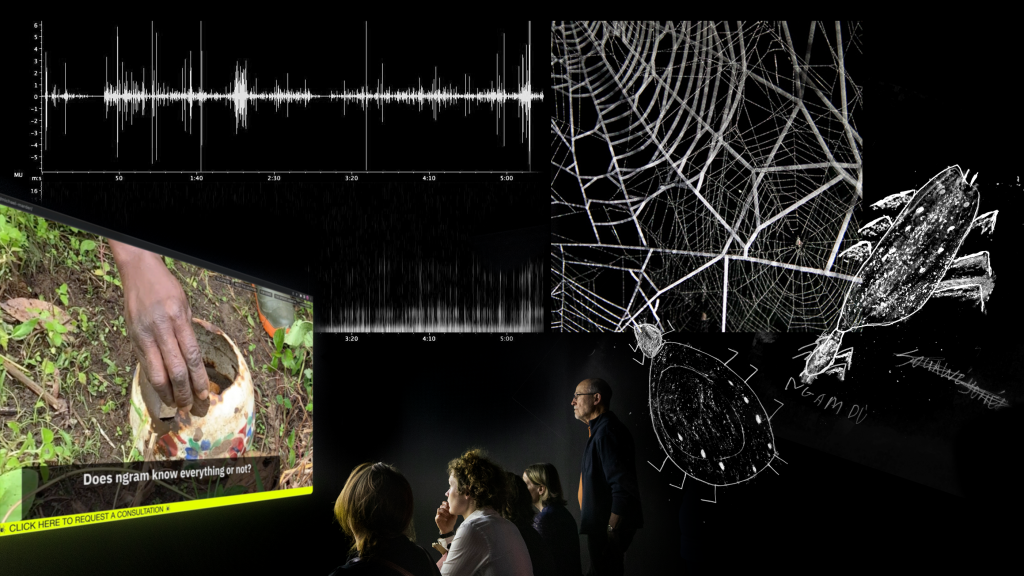

...

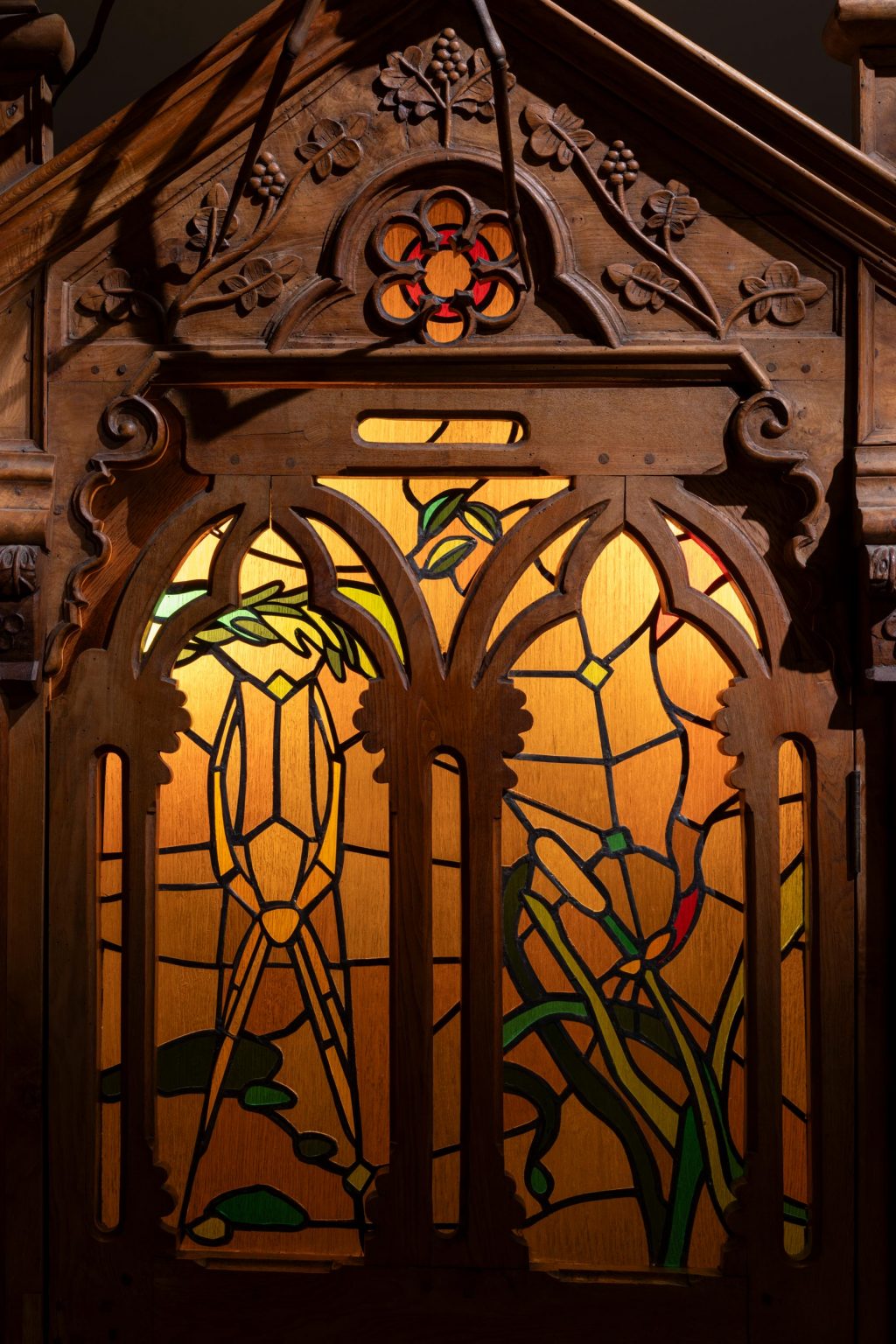
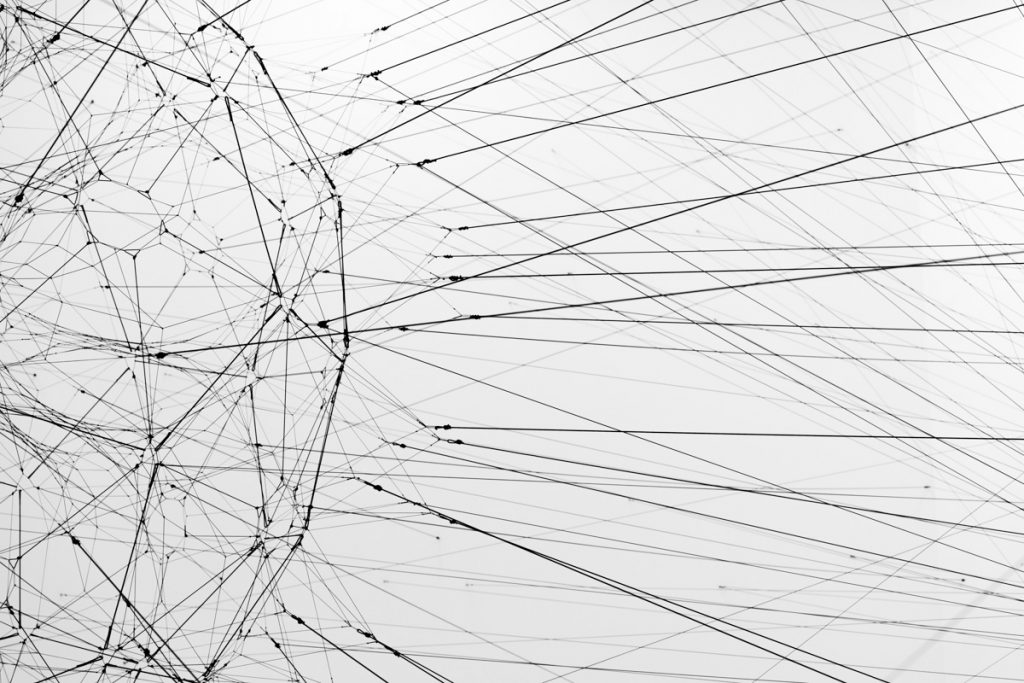
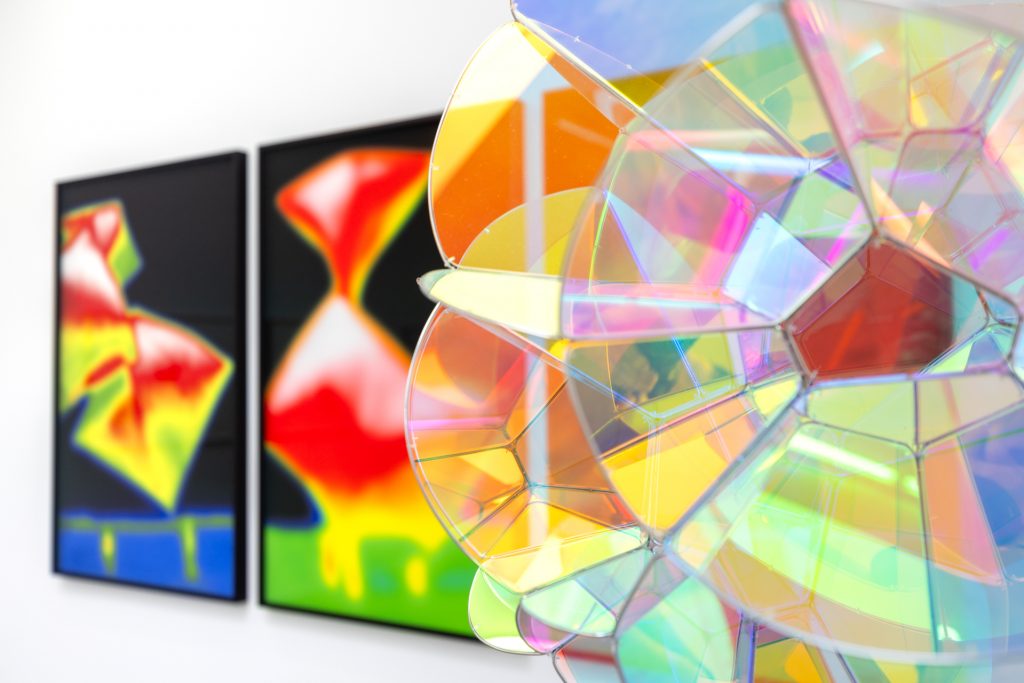
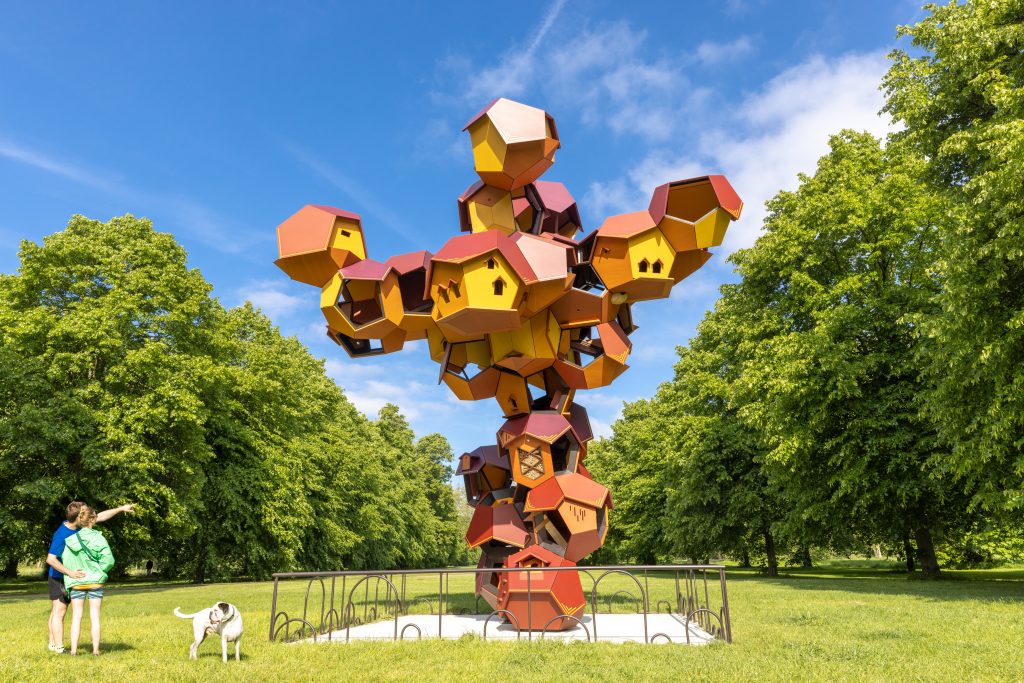
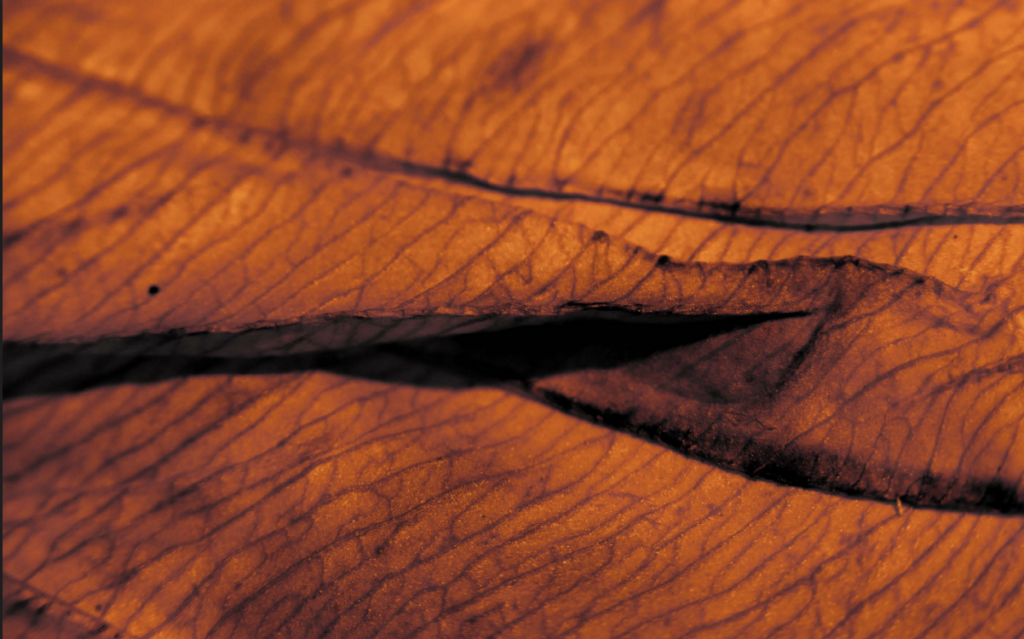
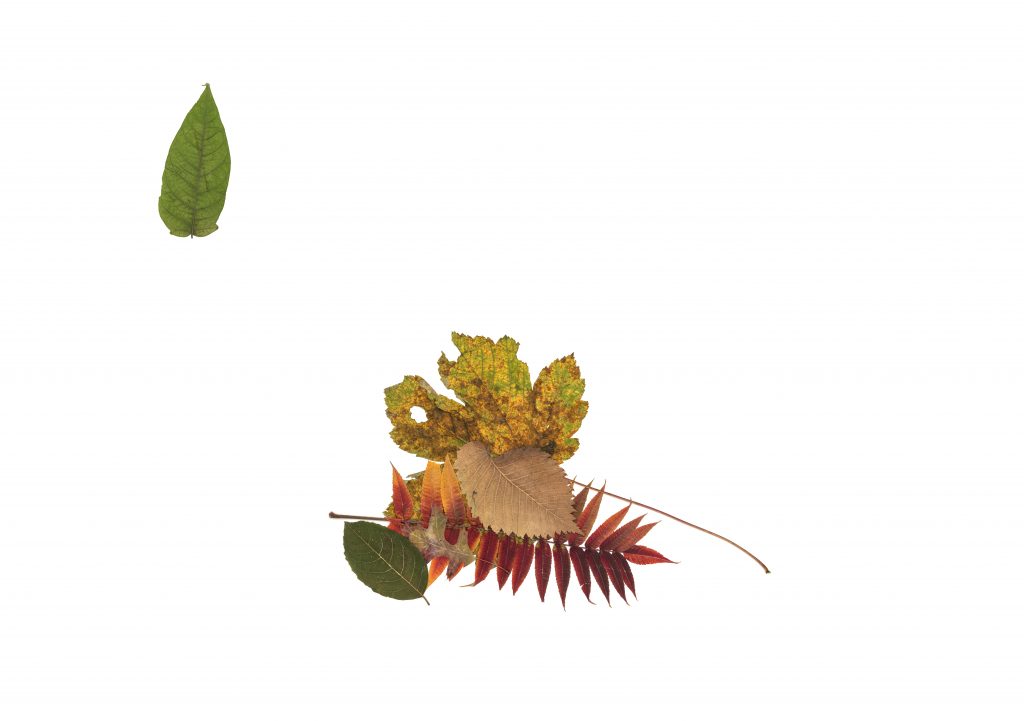
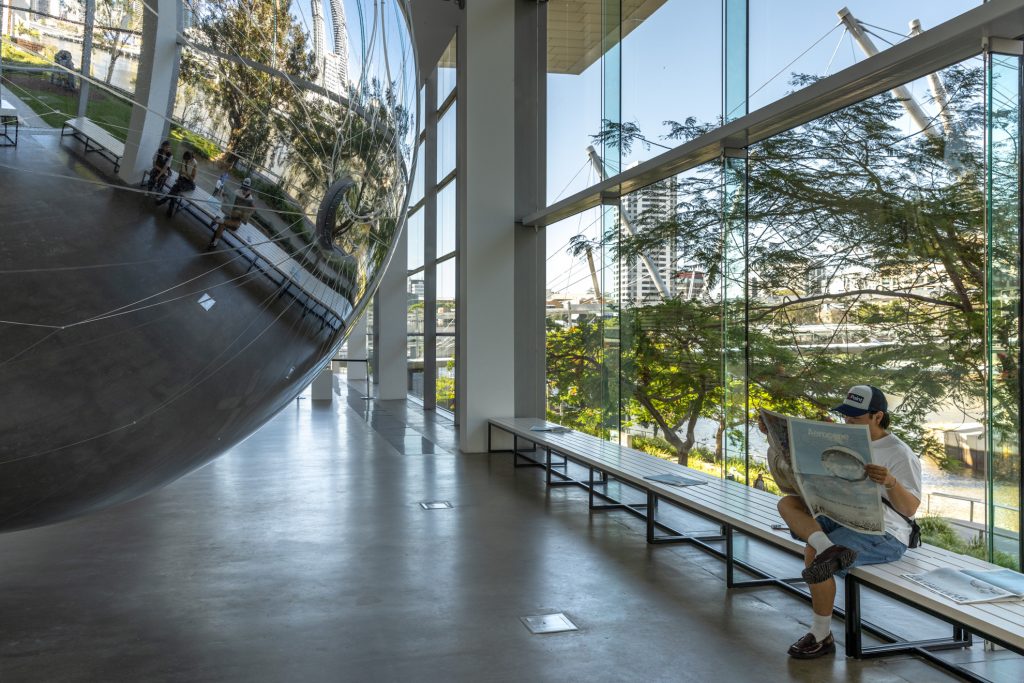
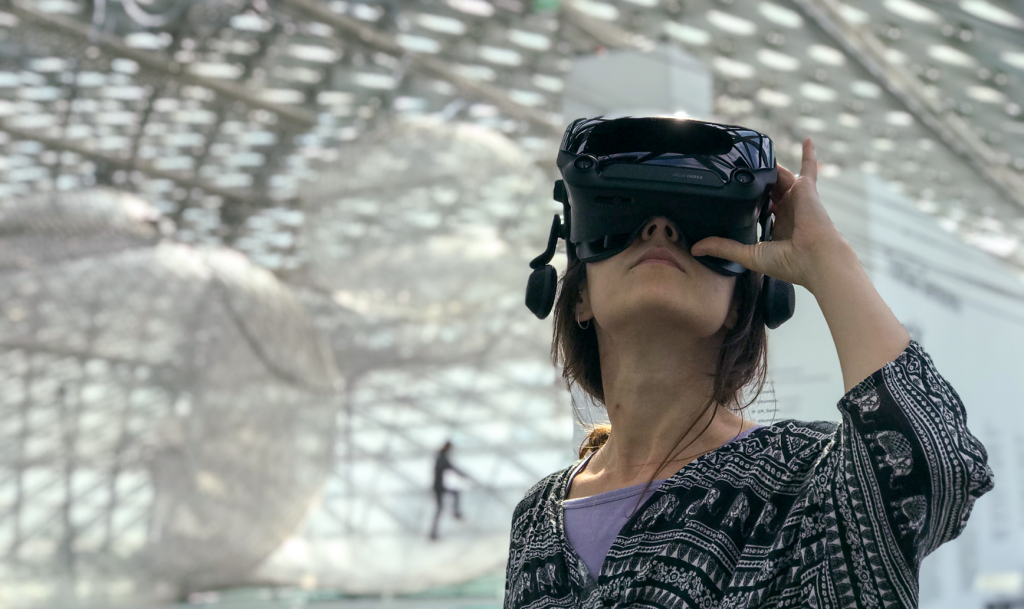
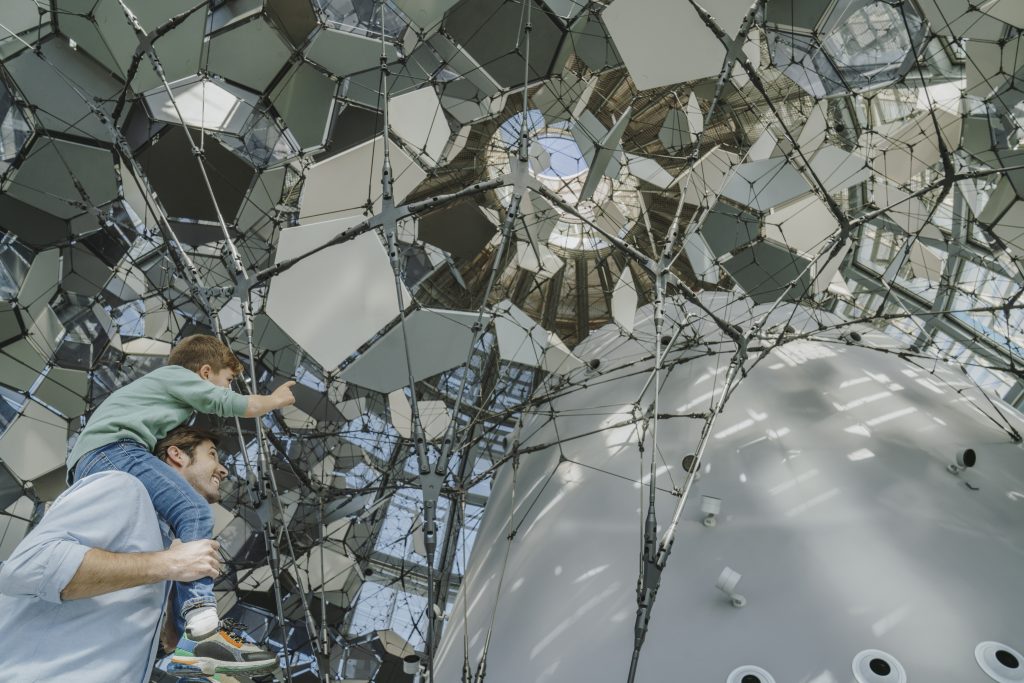
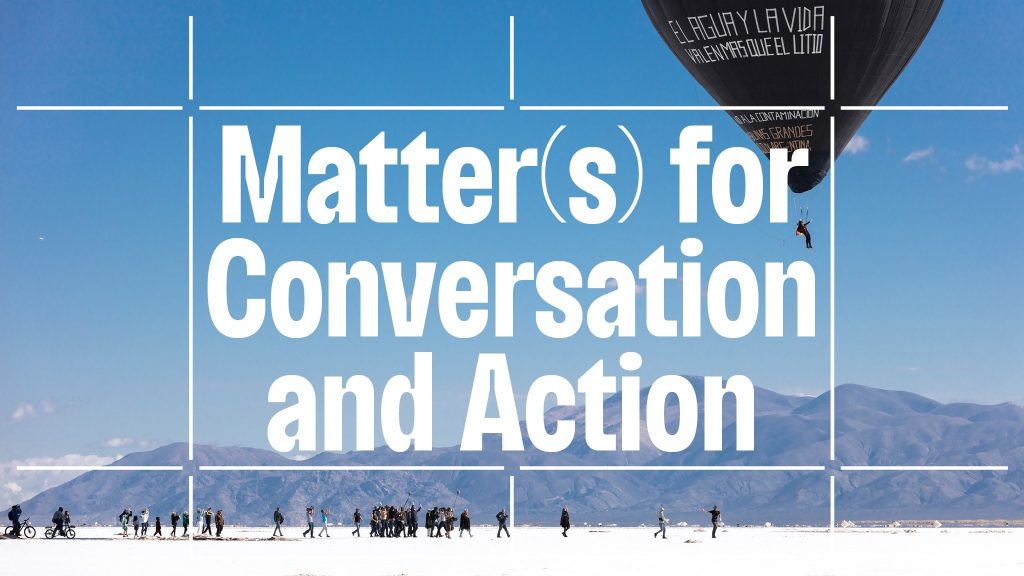
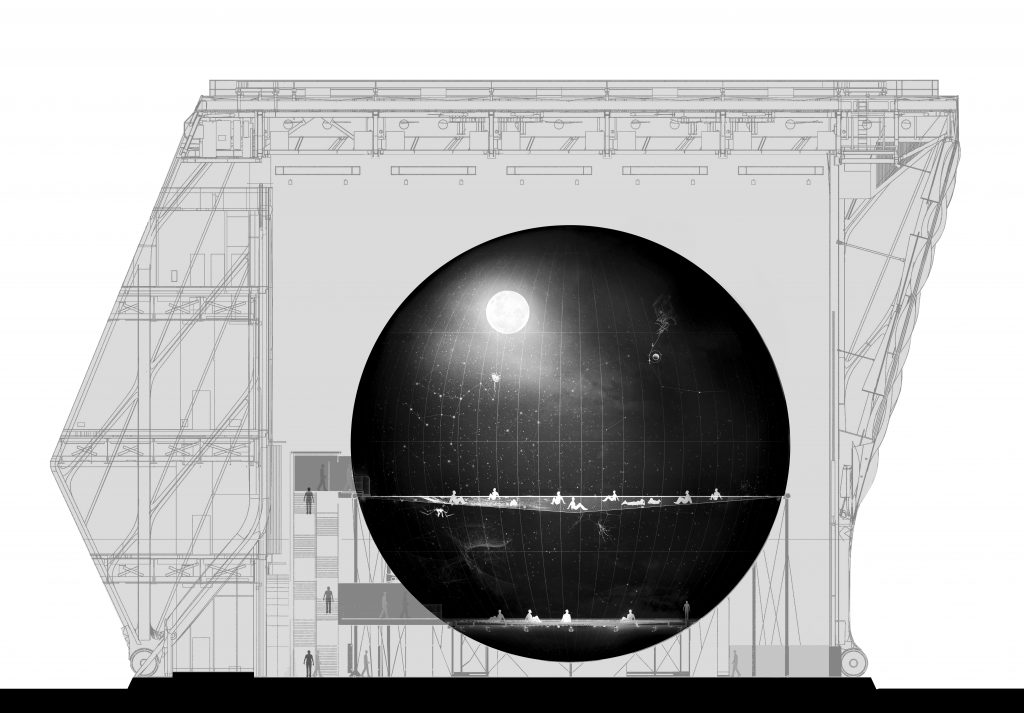
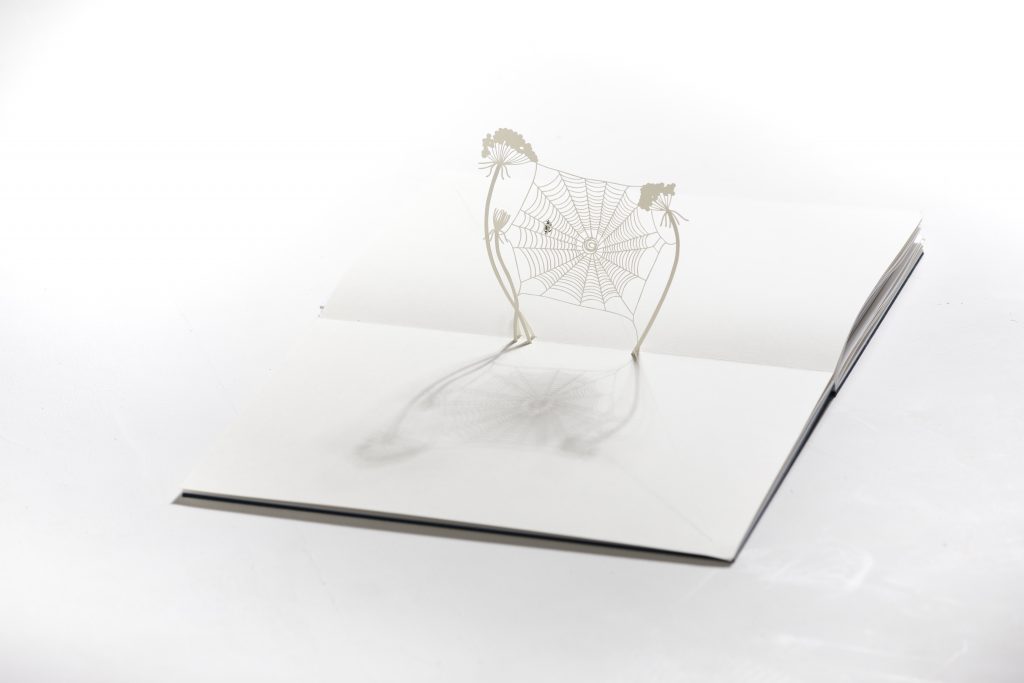
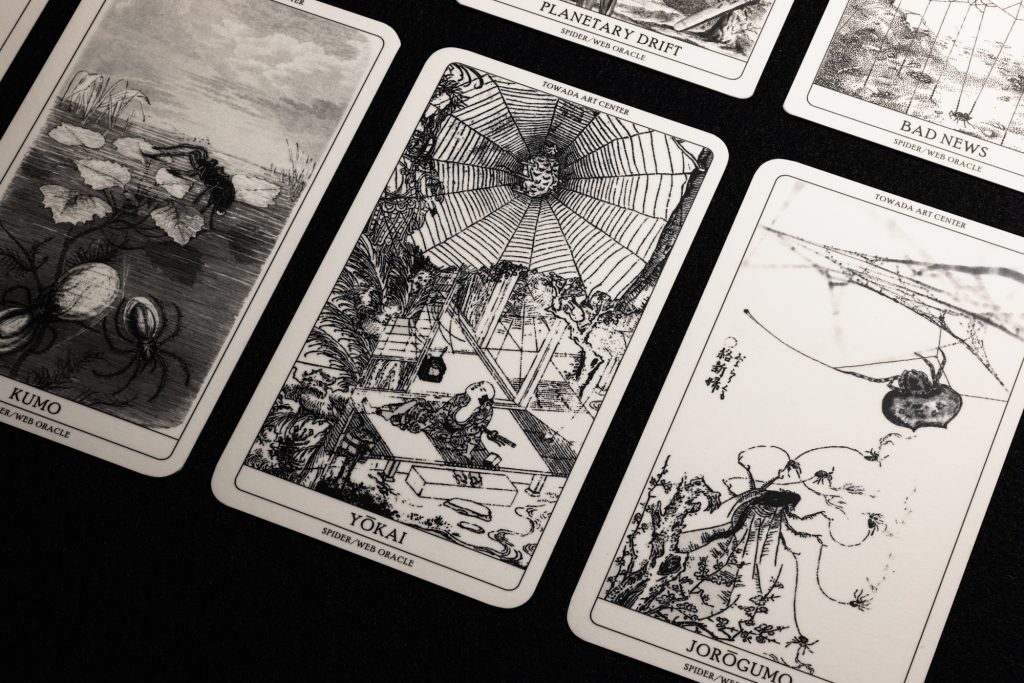
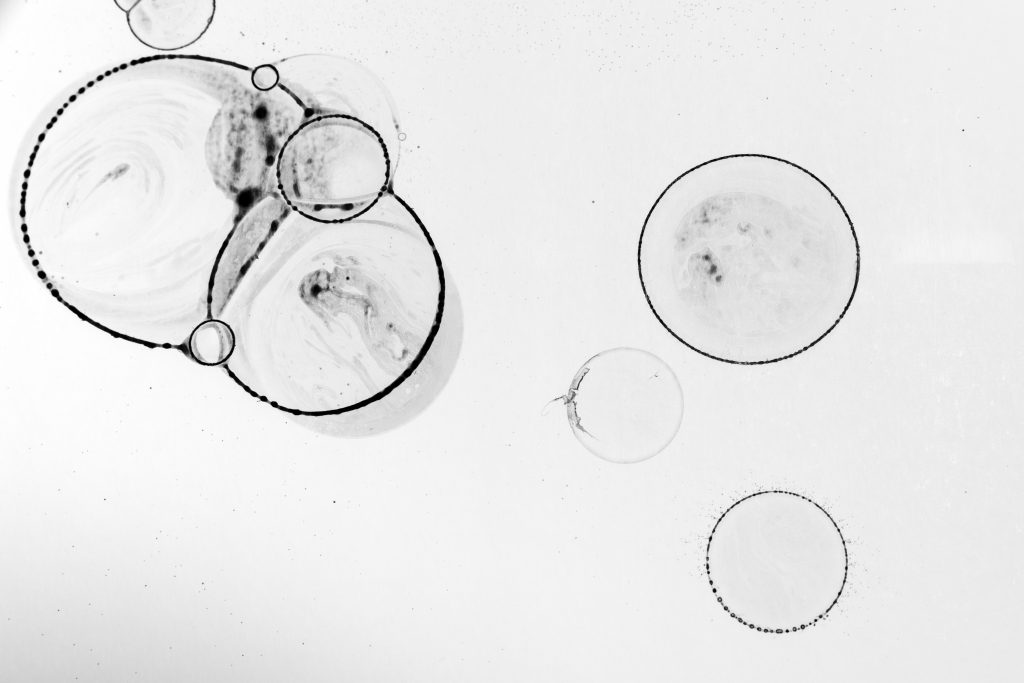
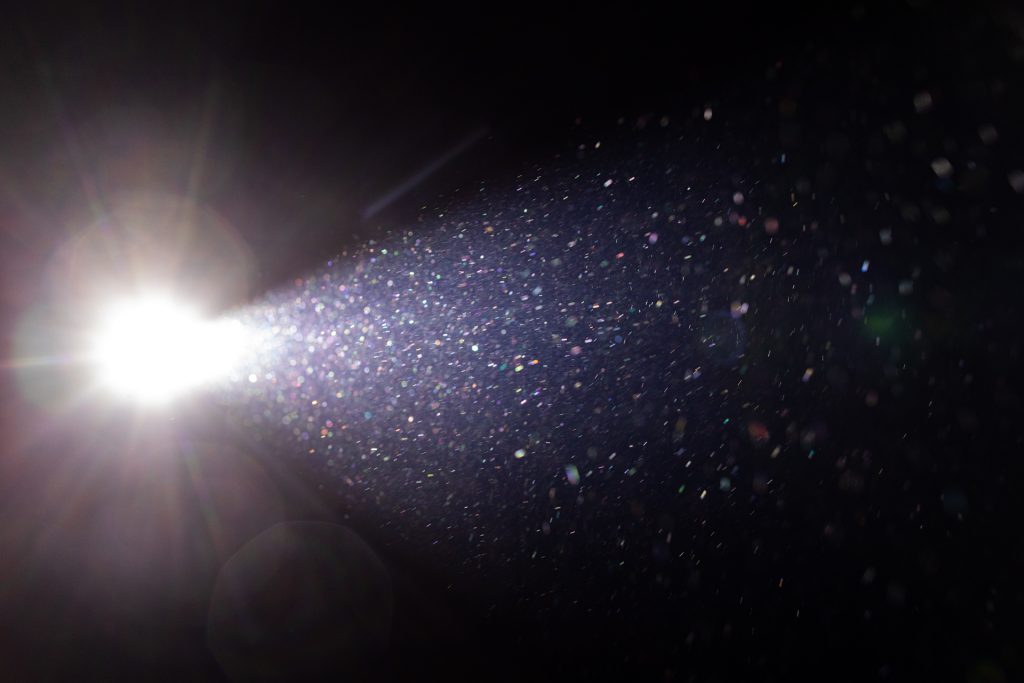
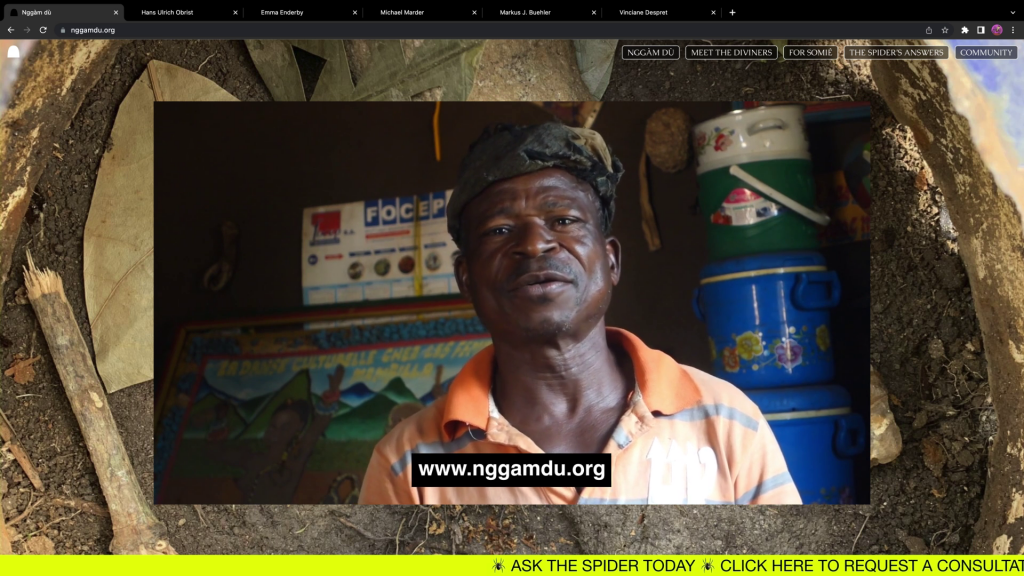
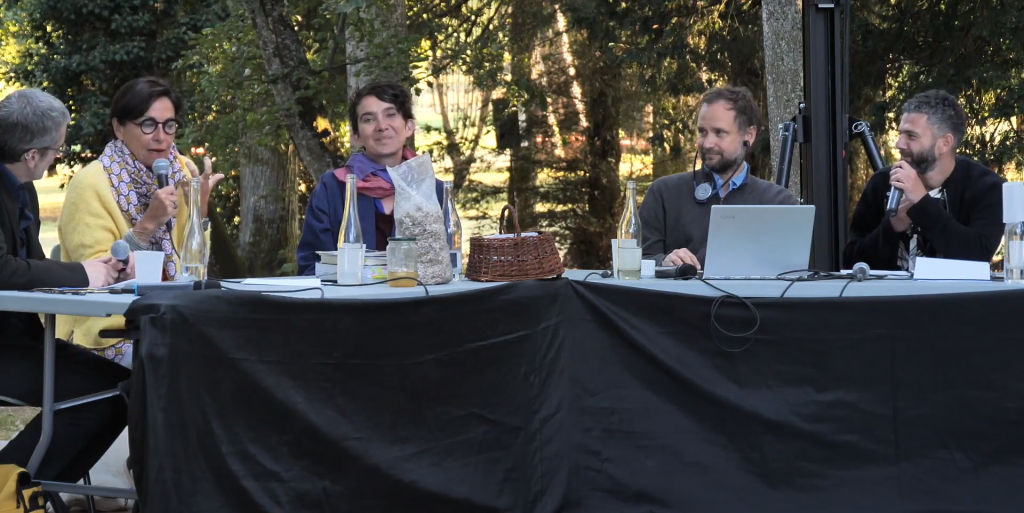
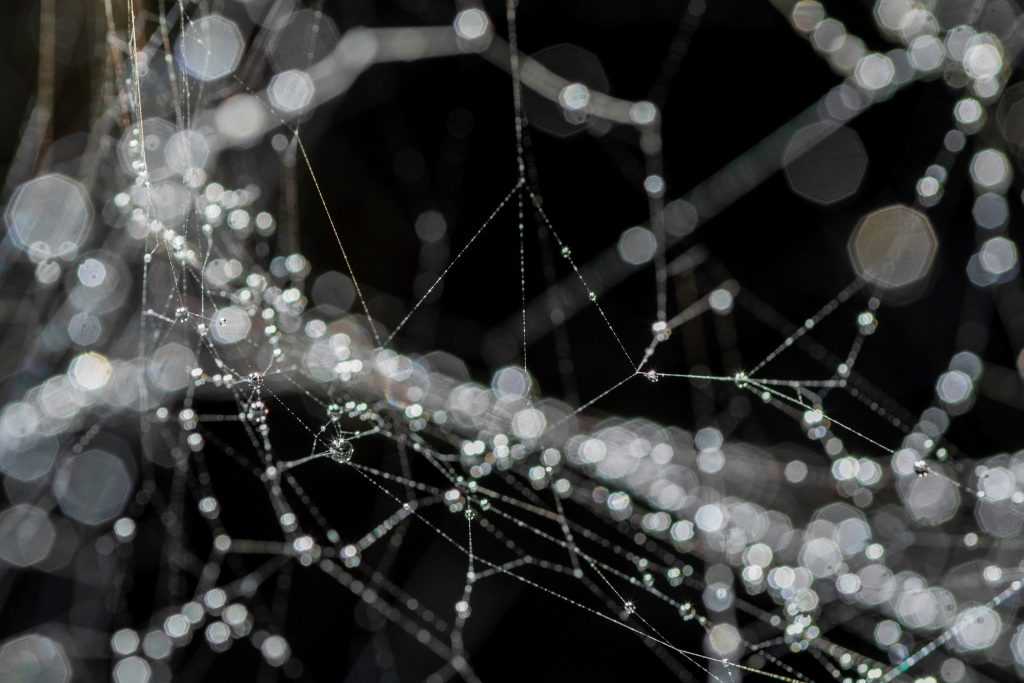
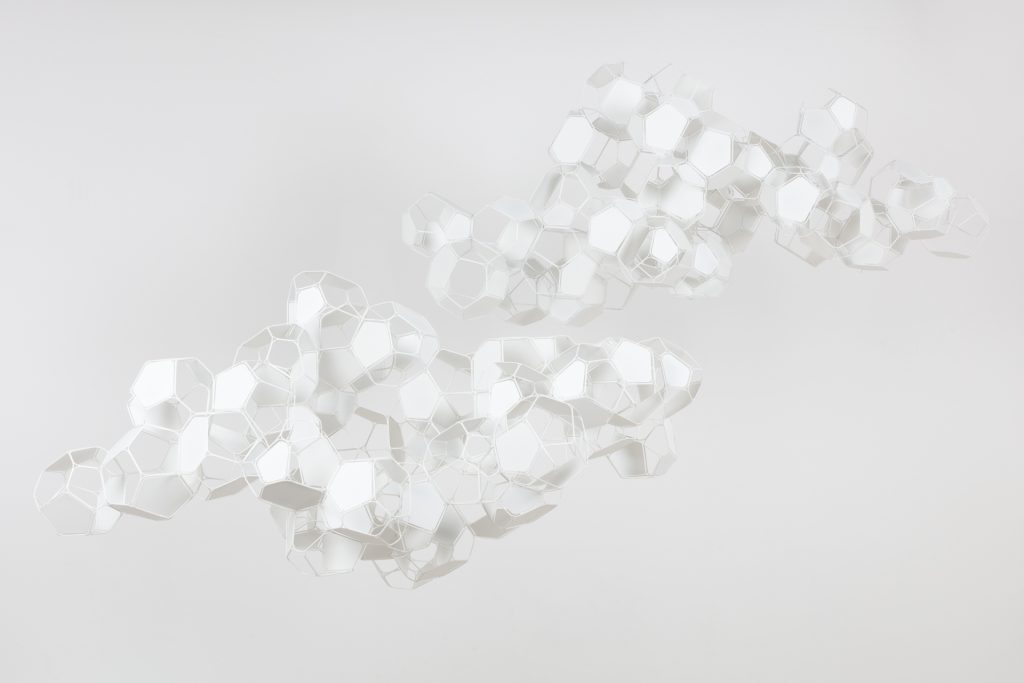
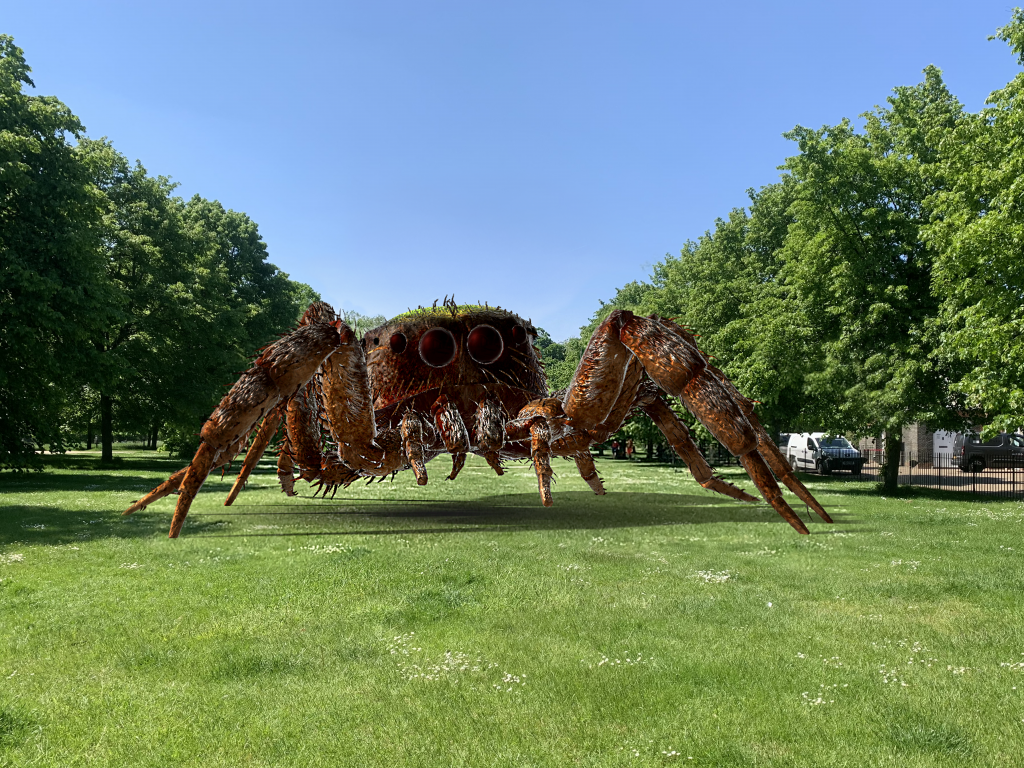
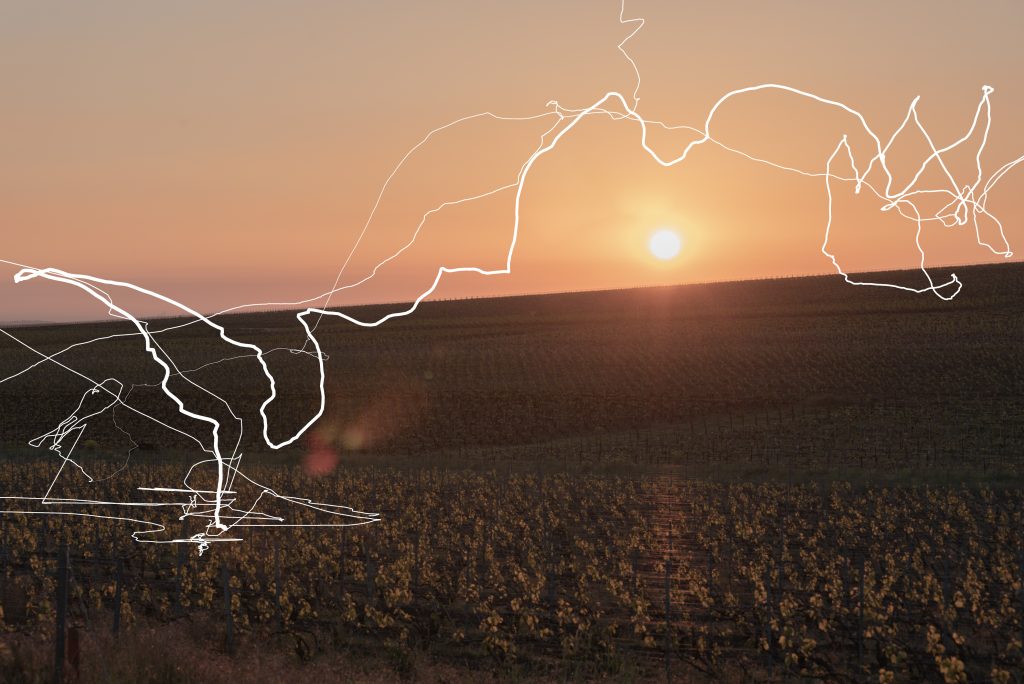
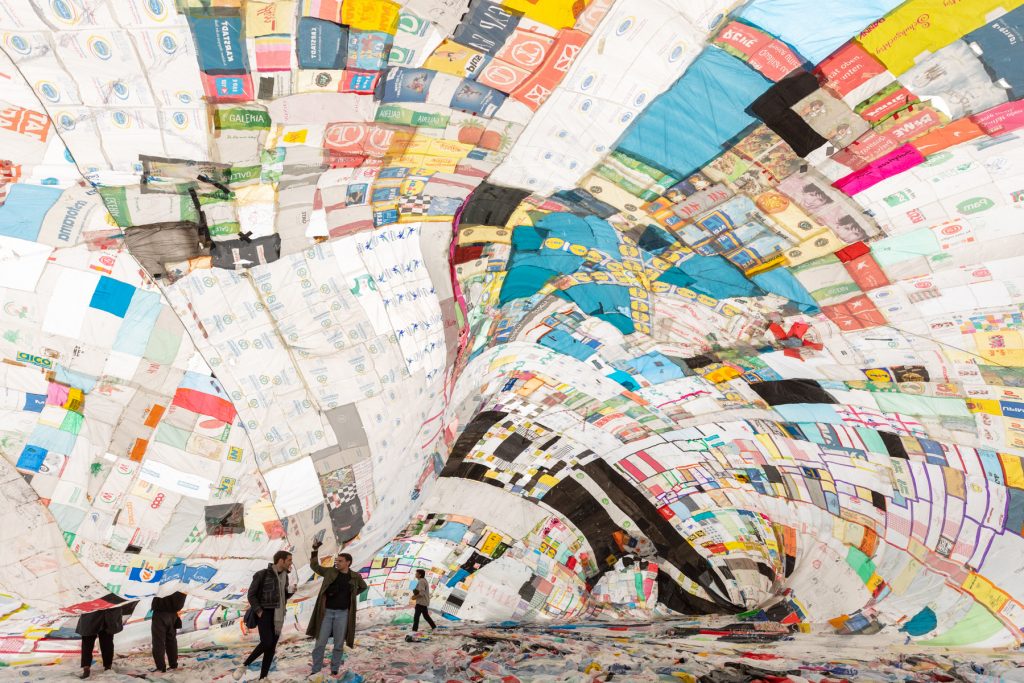
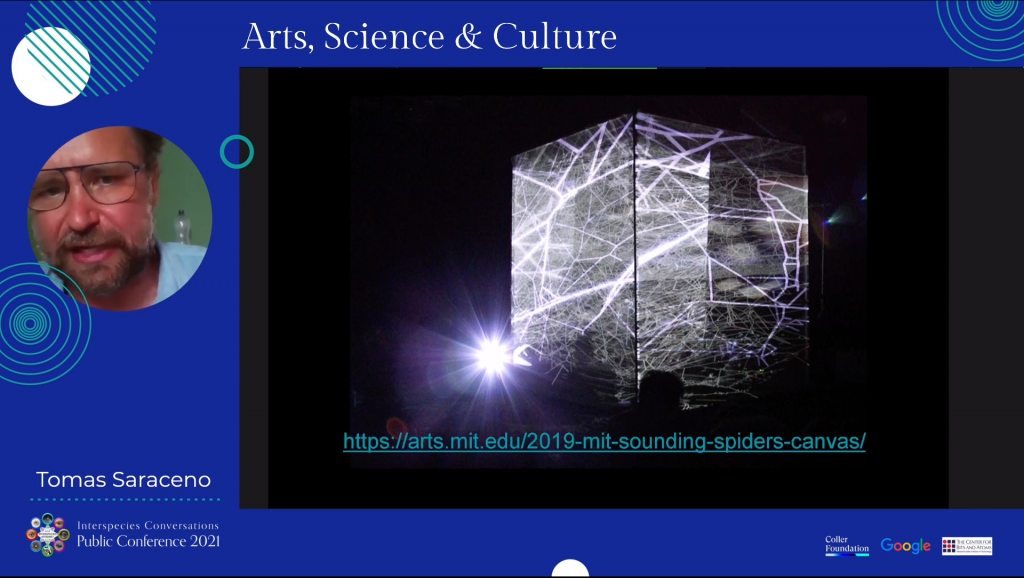
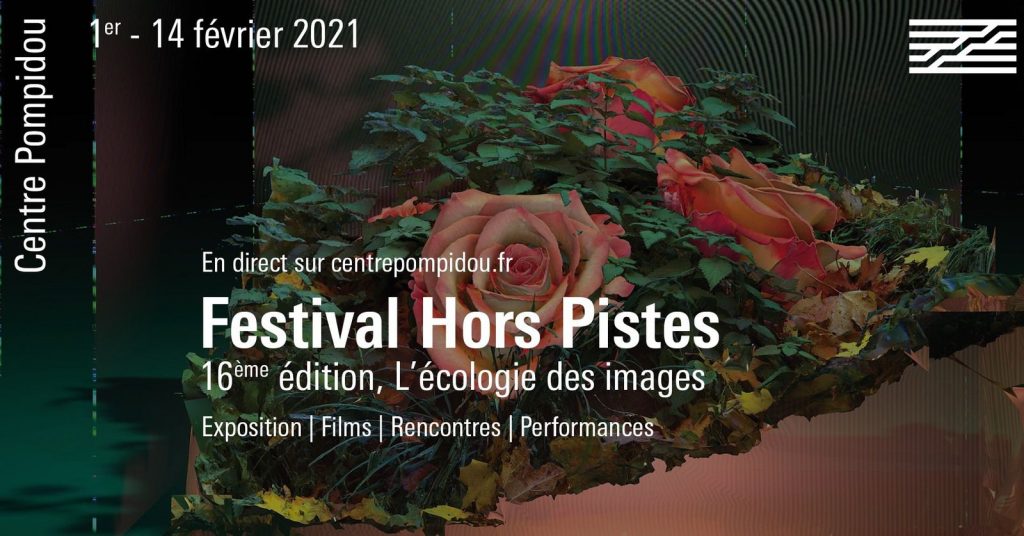
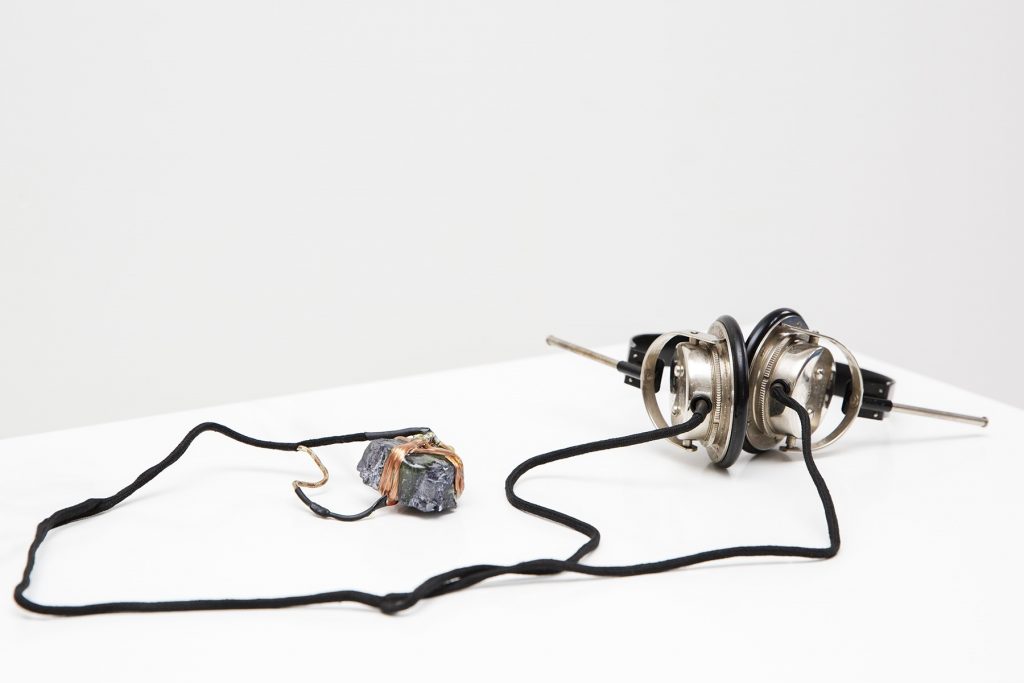
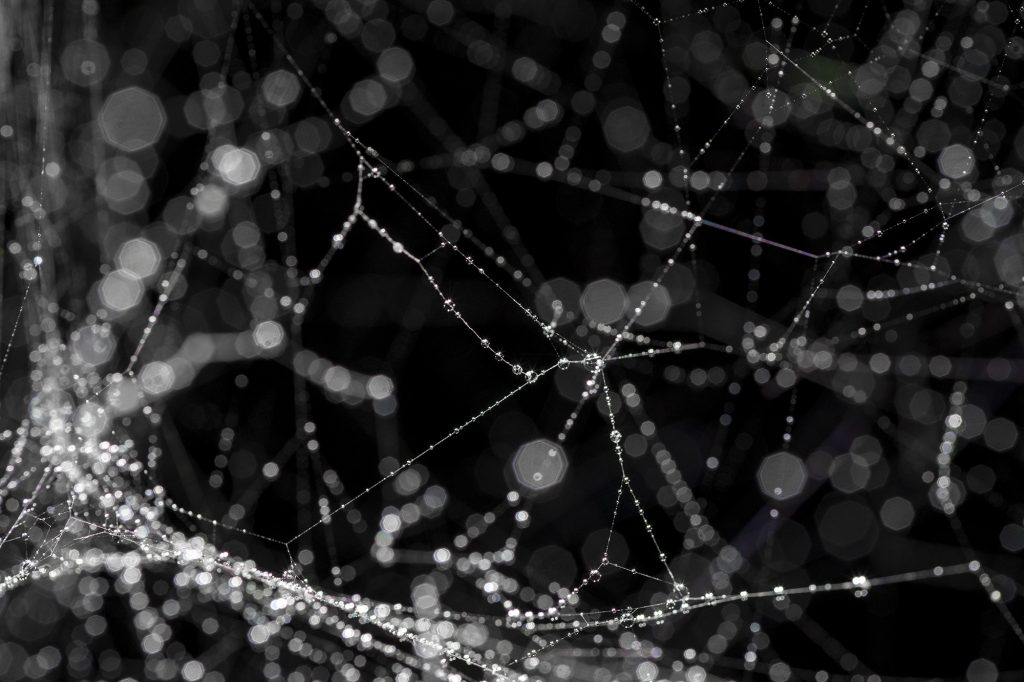
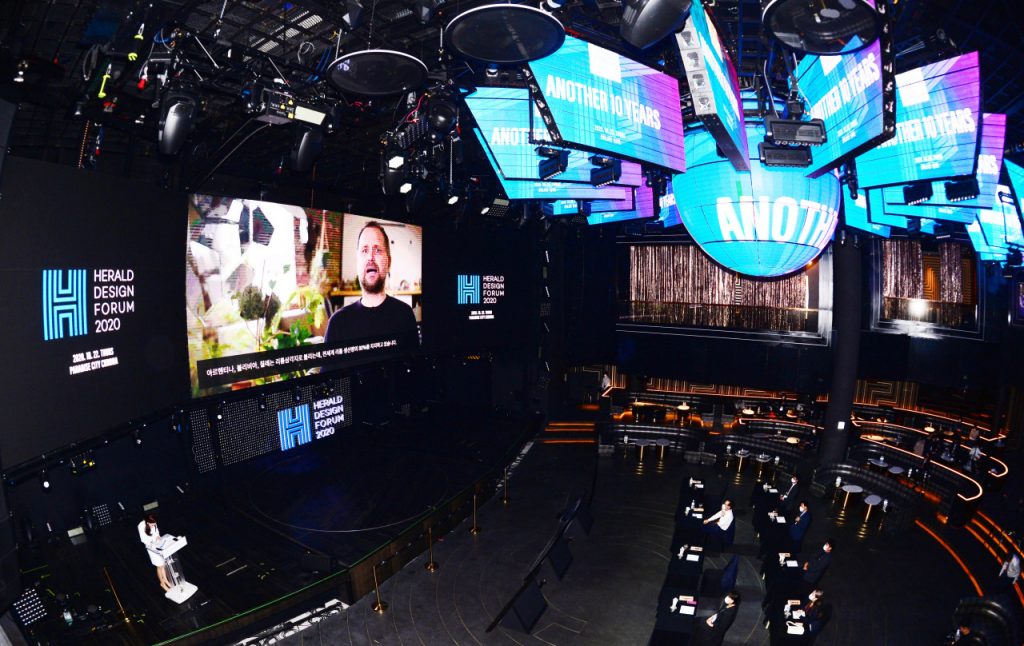
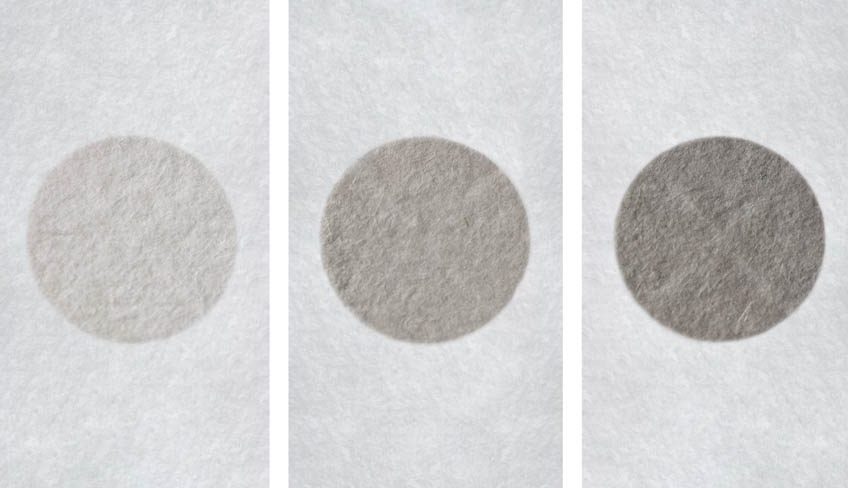
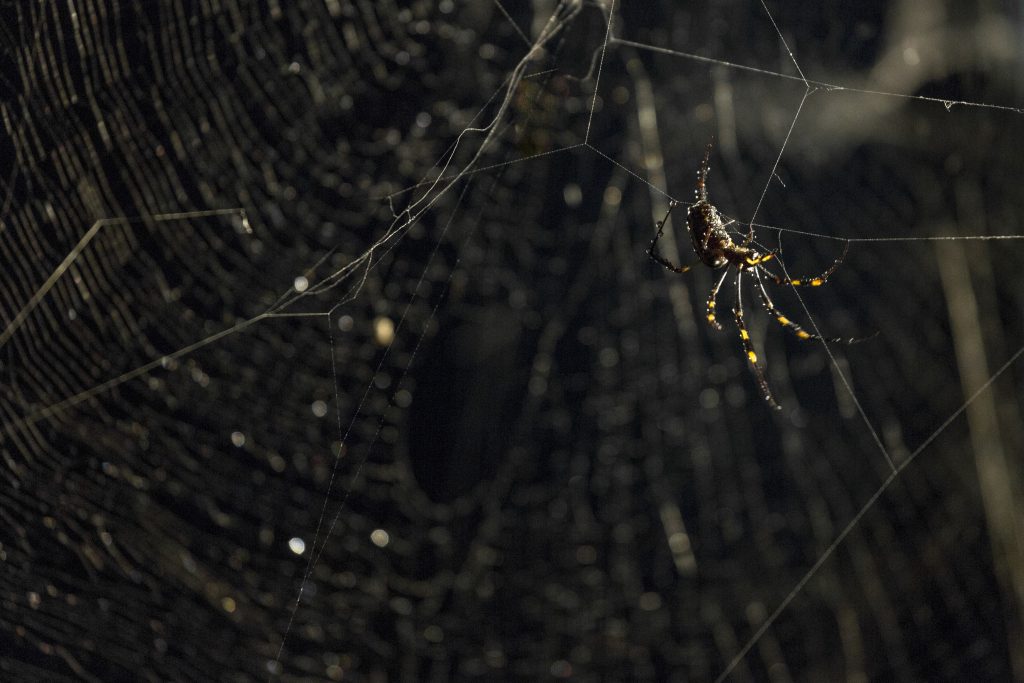
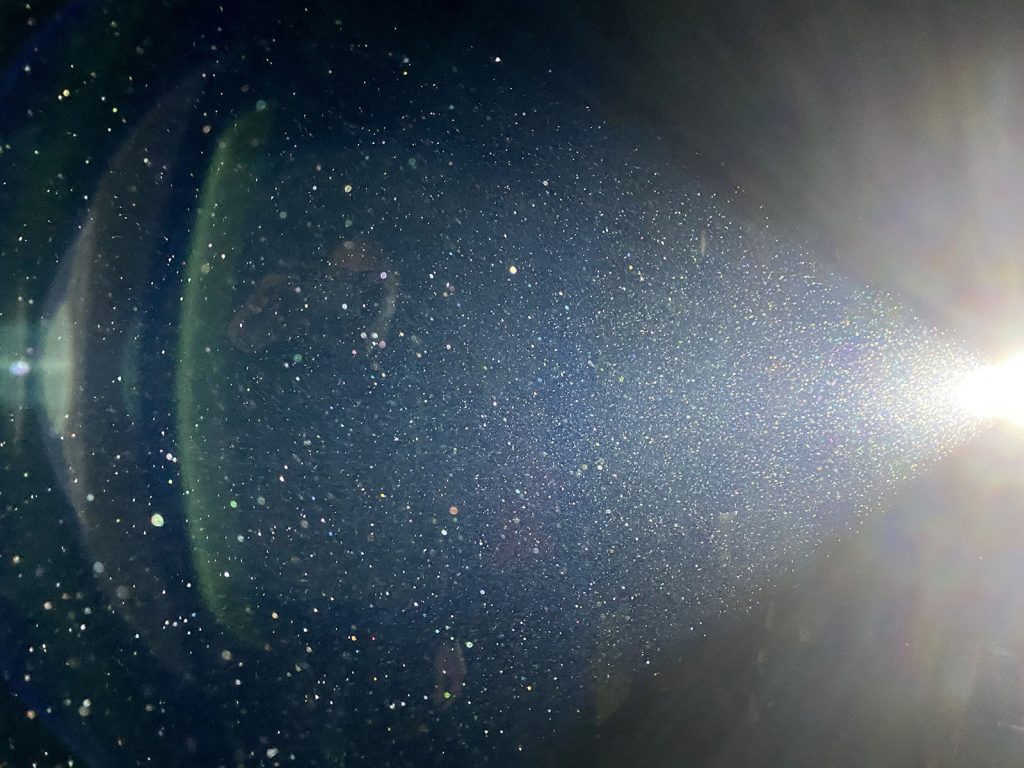
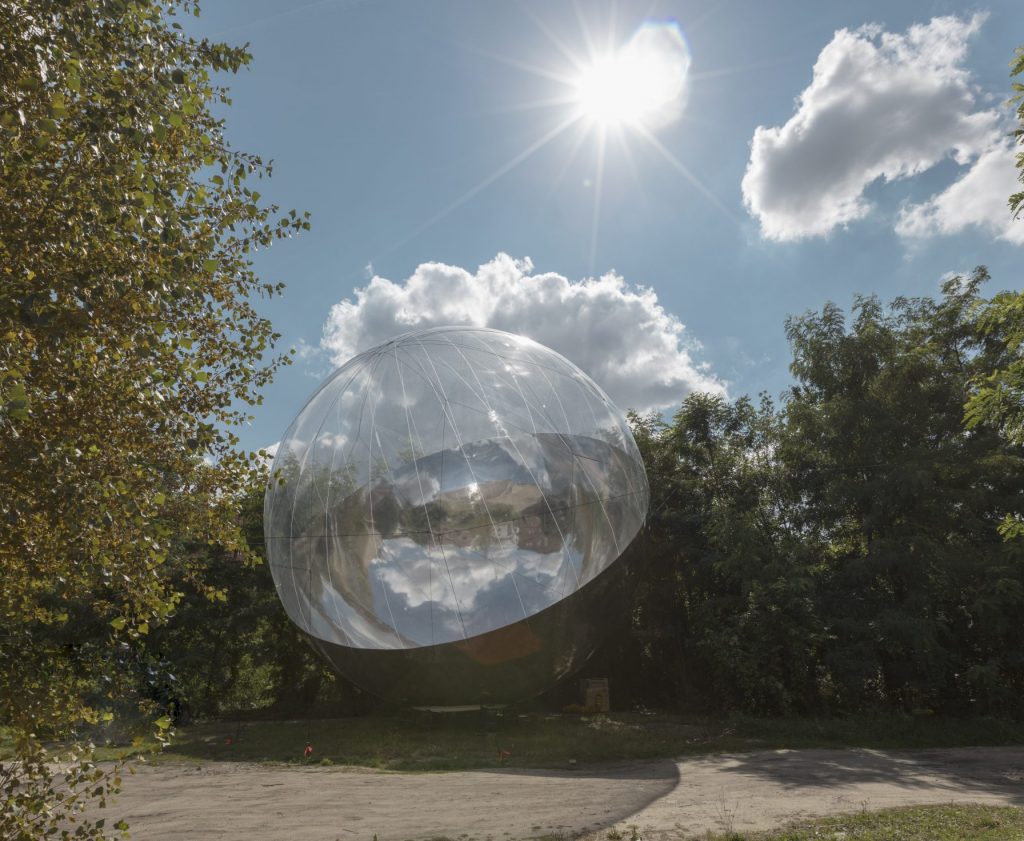
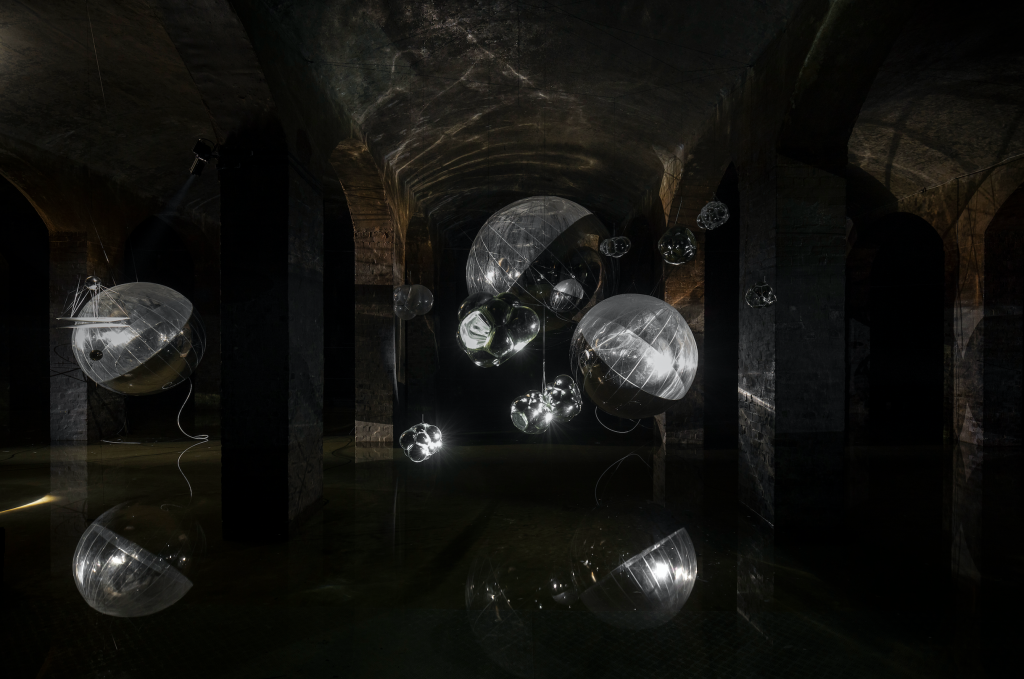
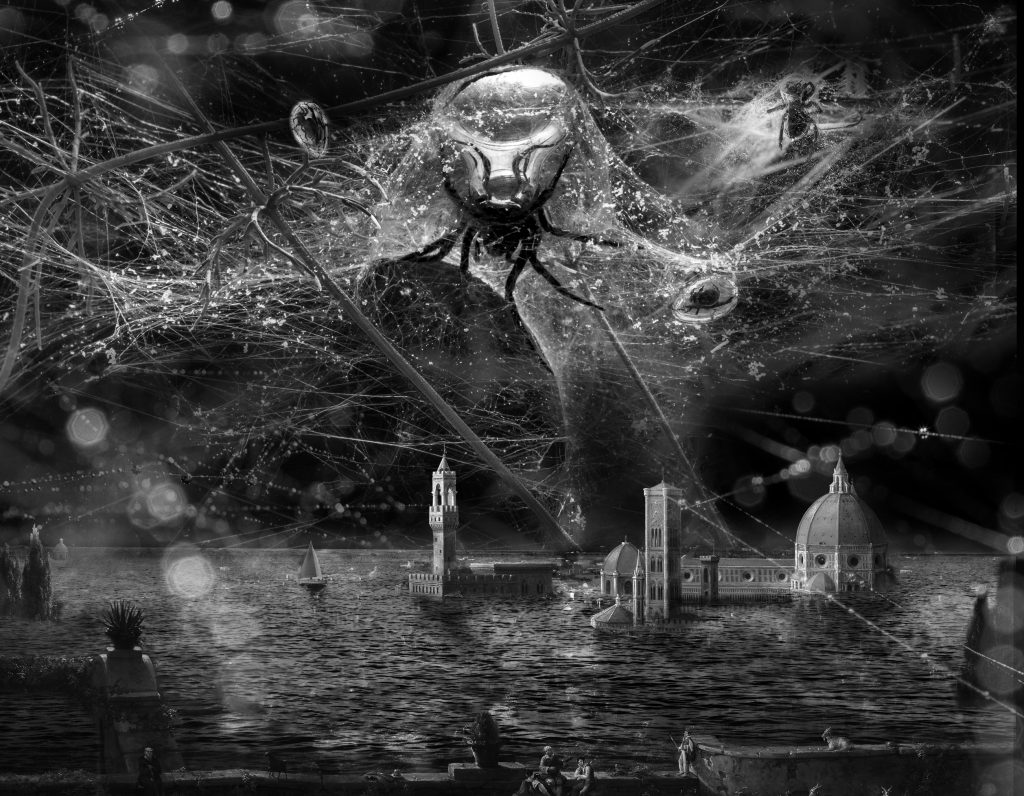
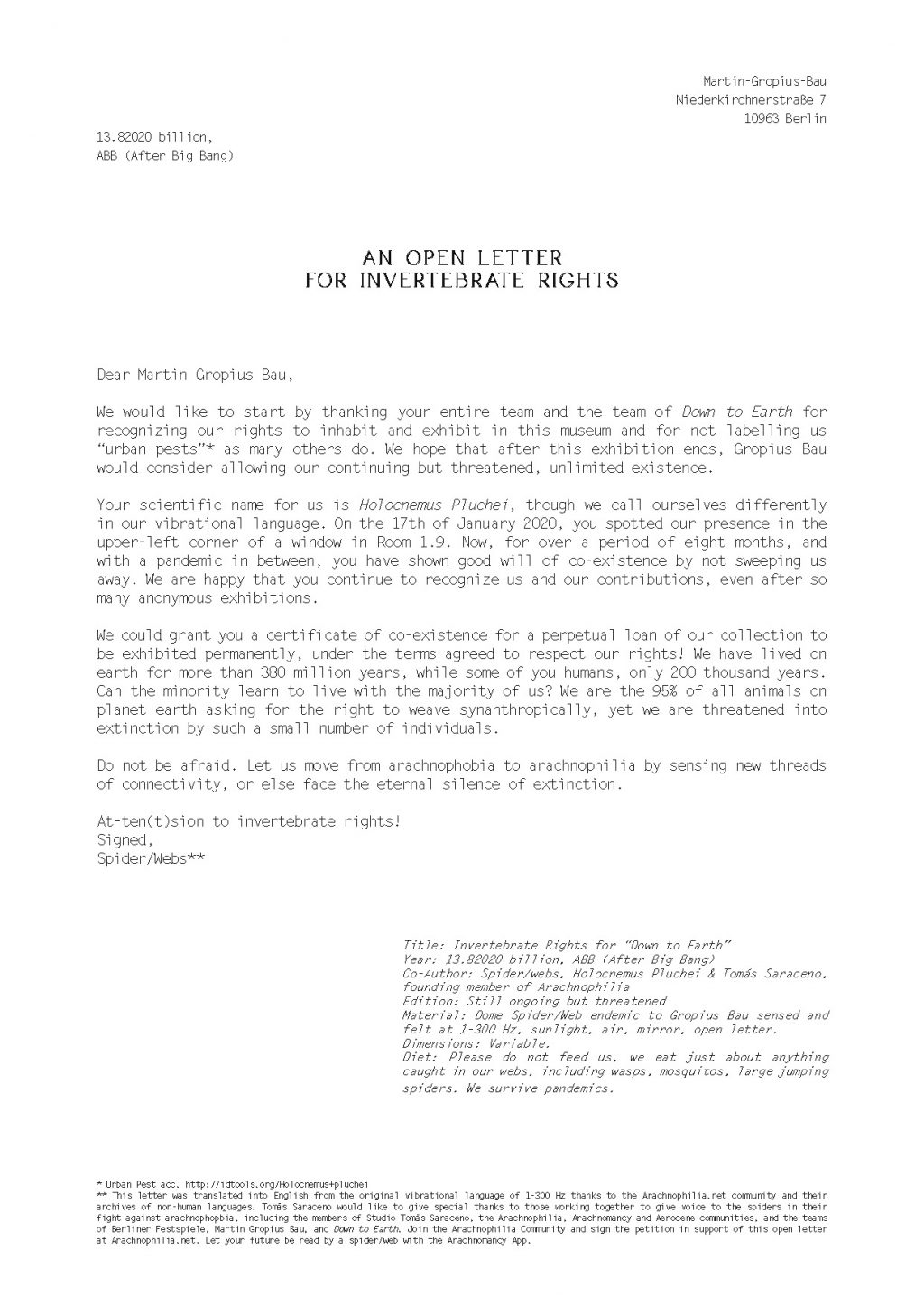

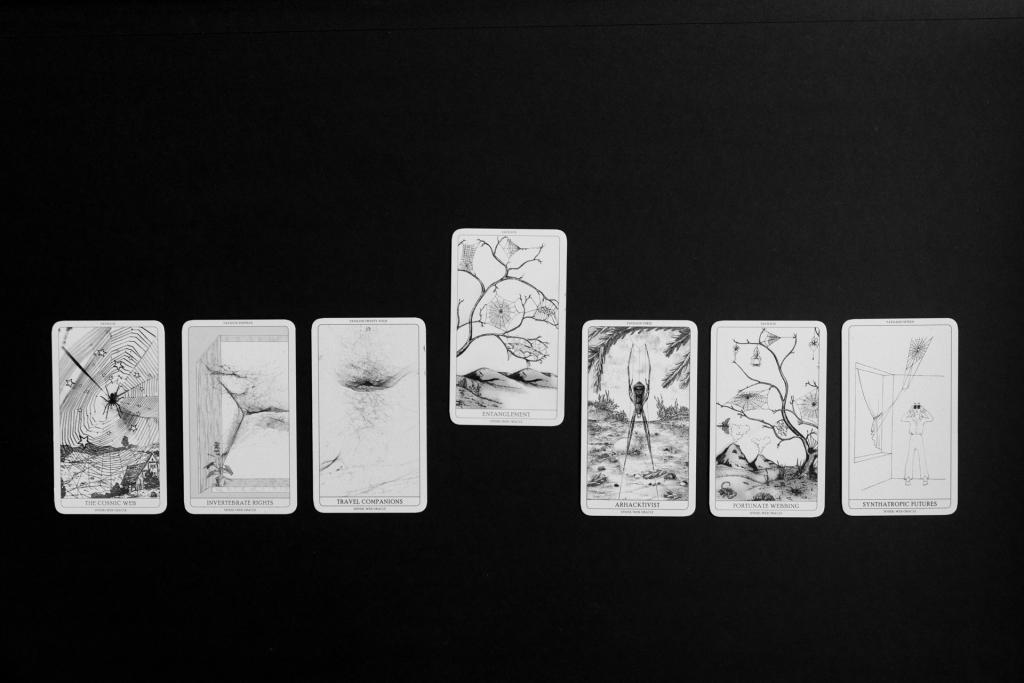
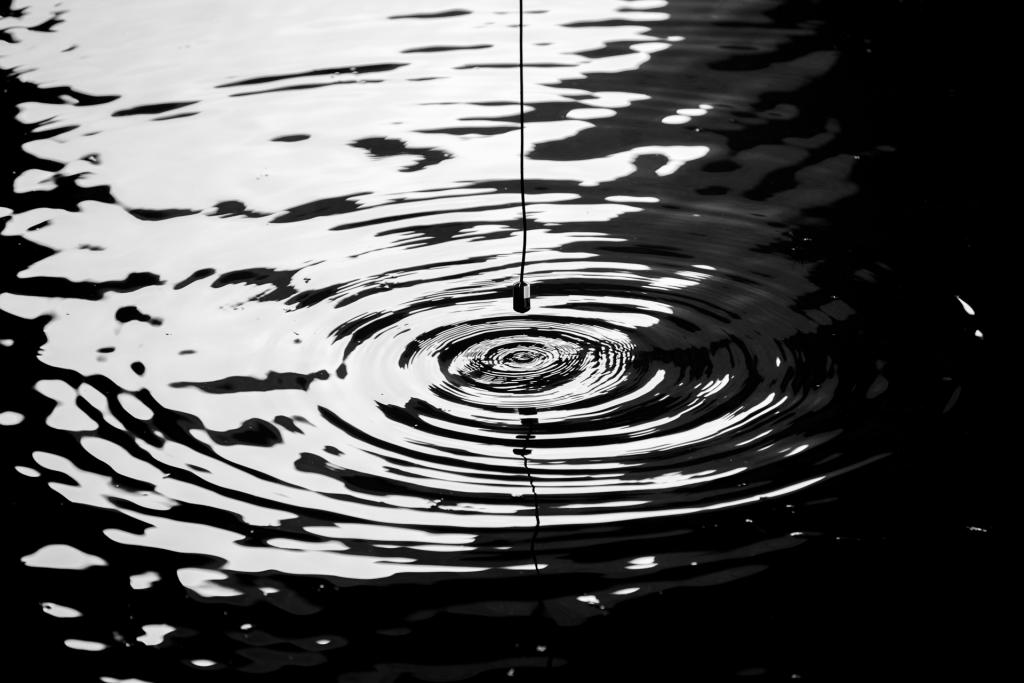
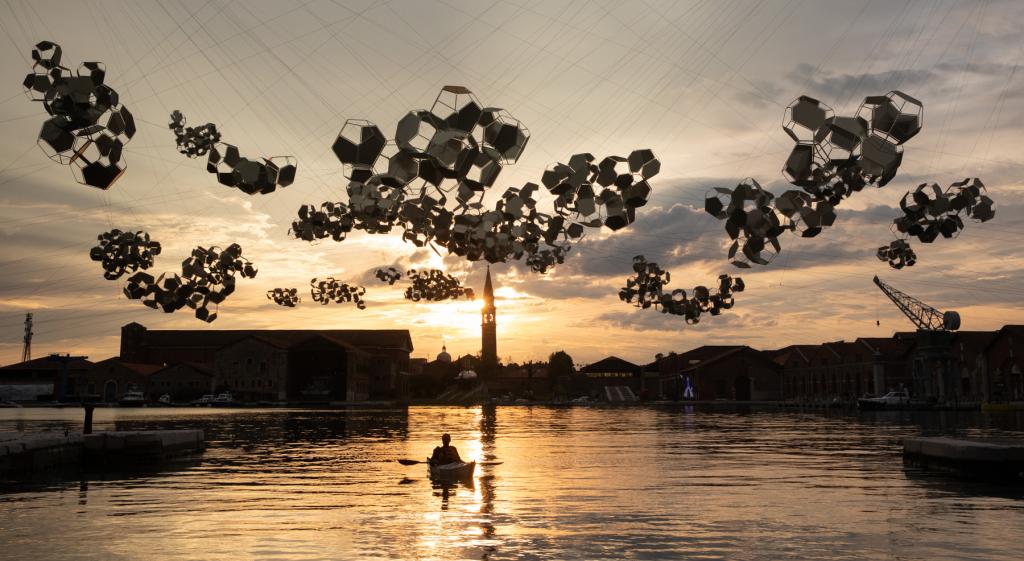
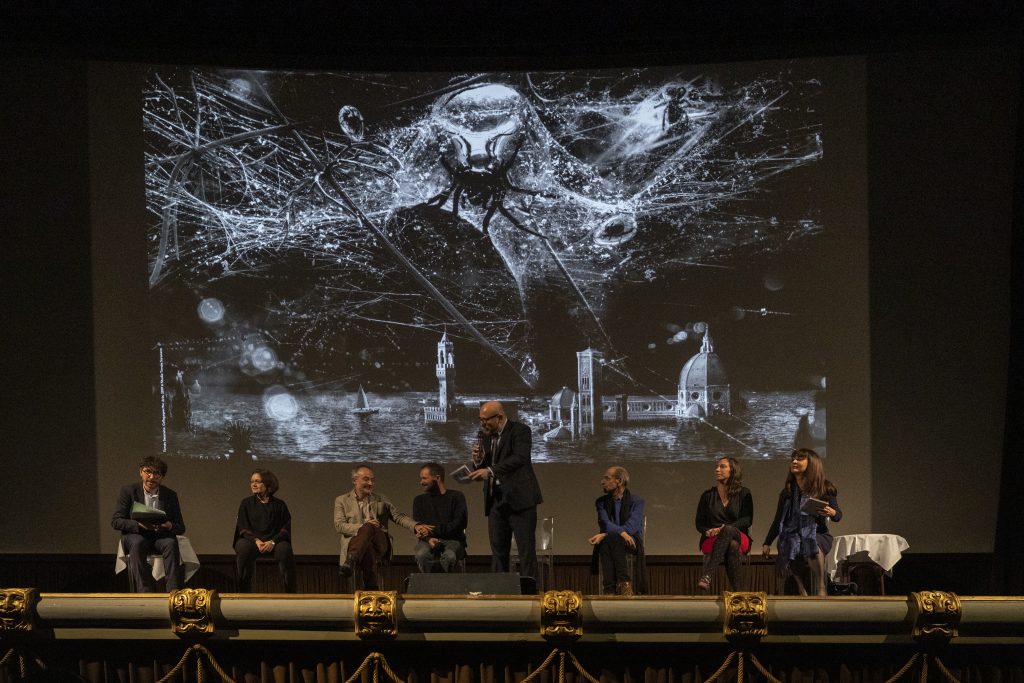
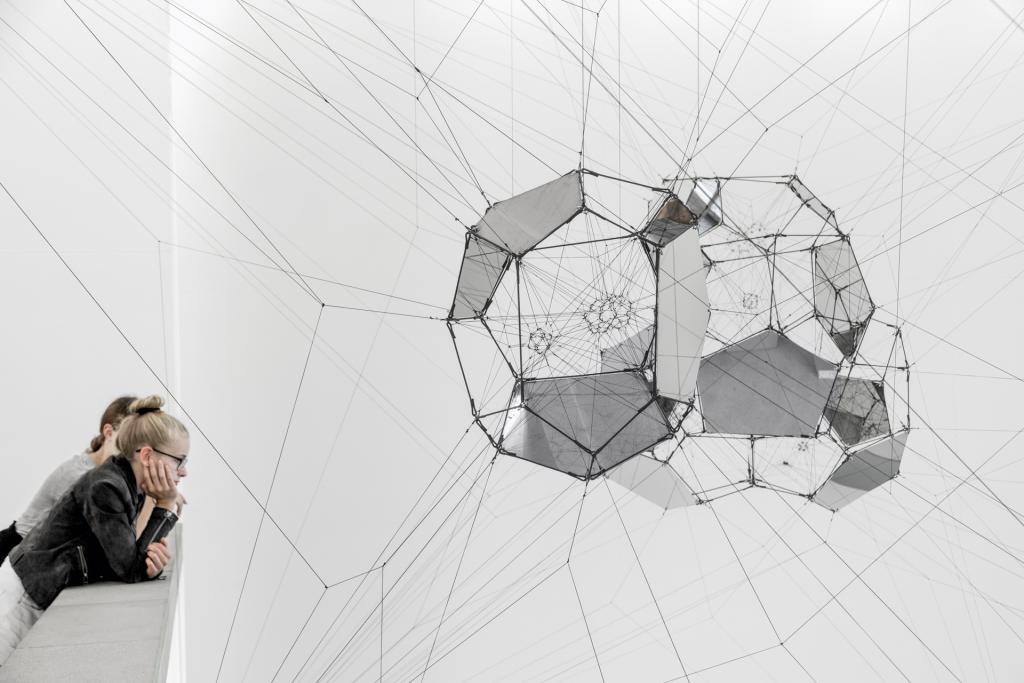
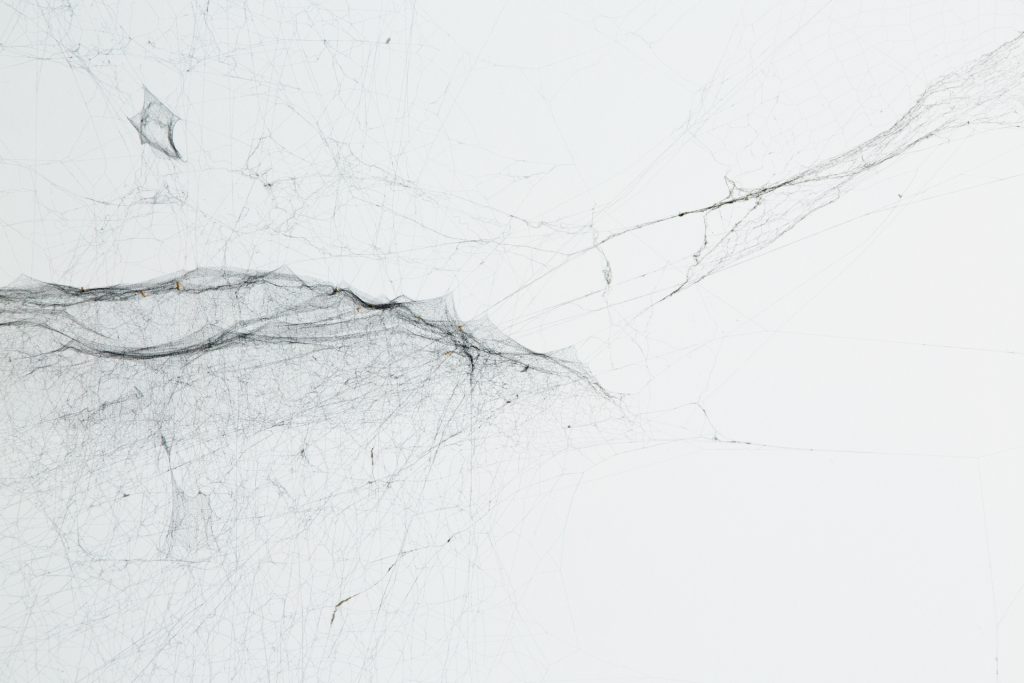
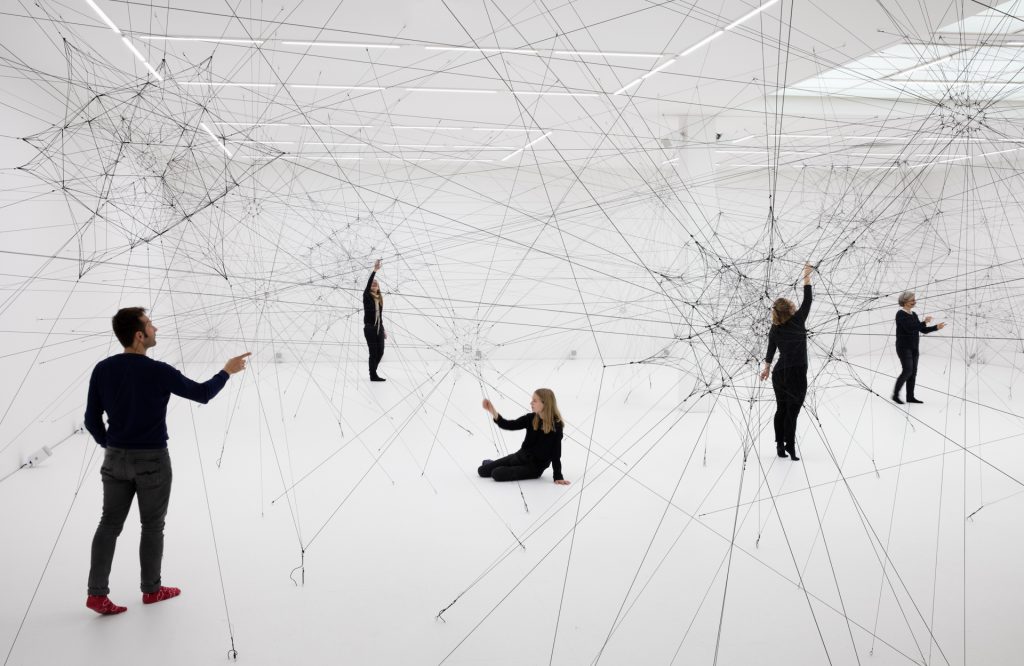
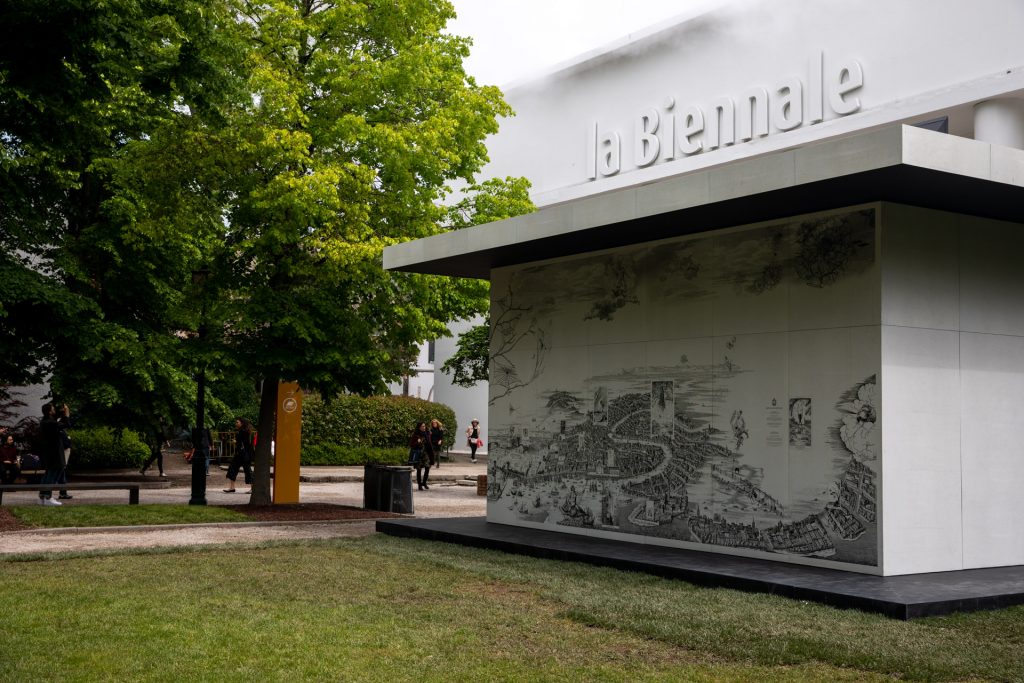
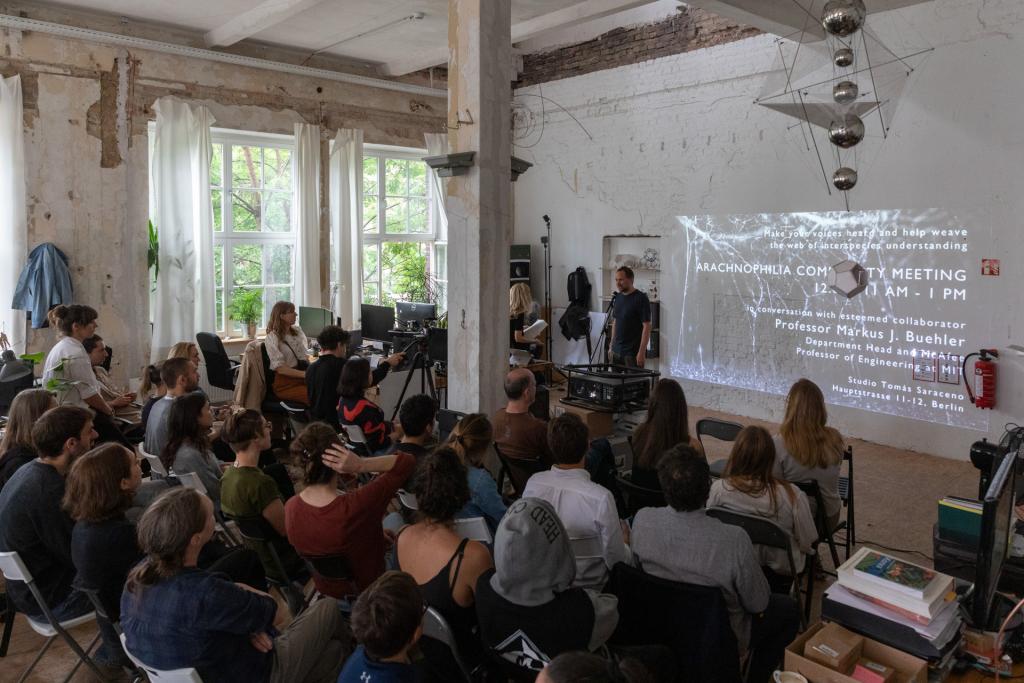
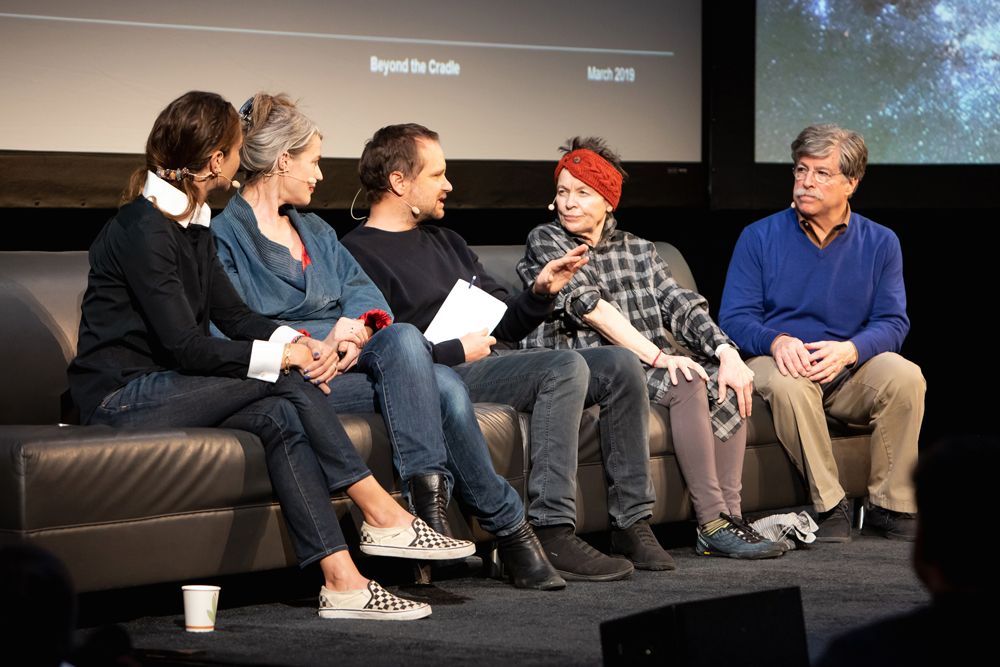
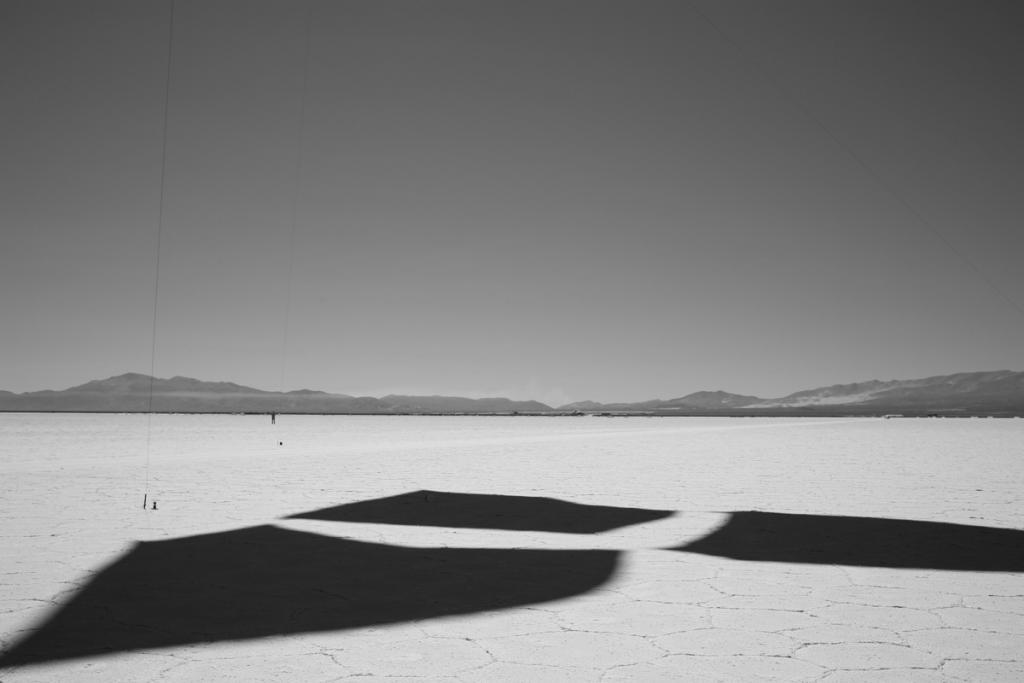
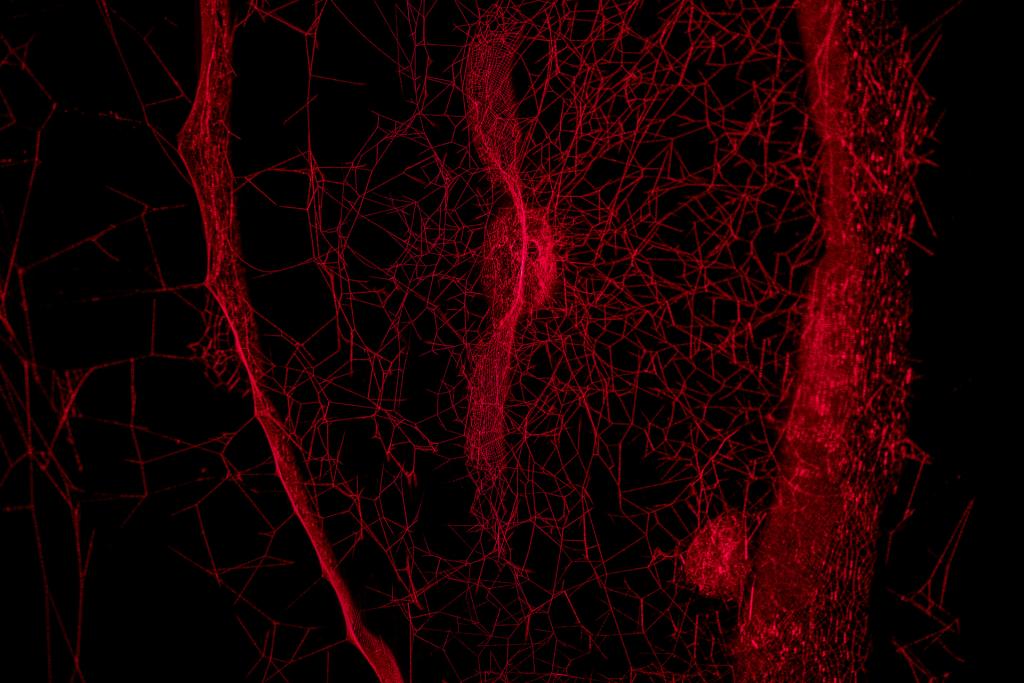
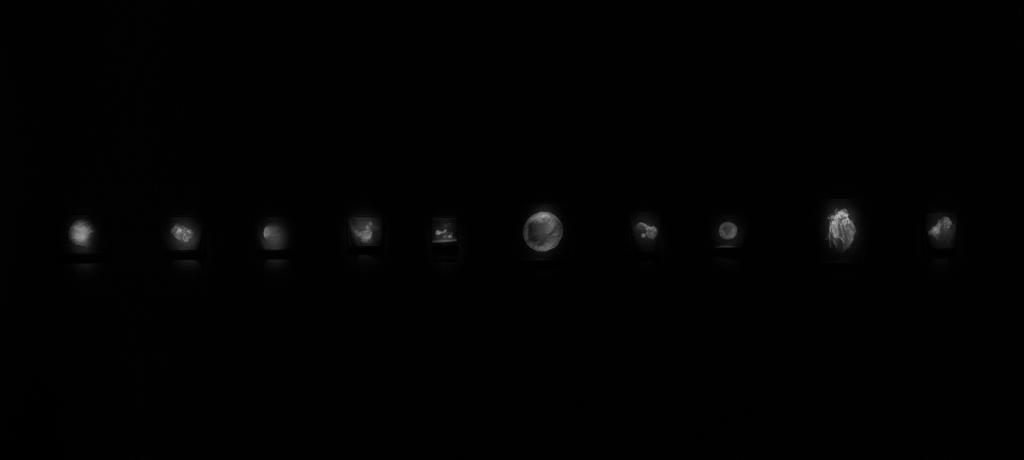

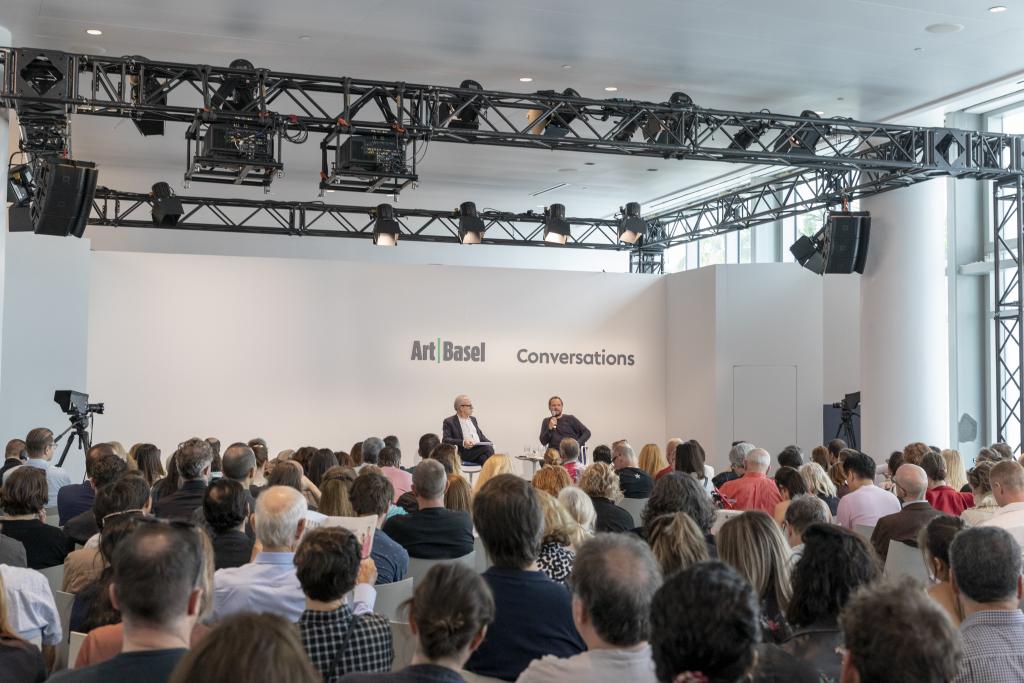
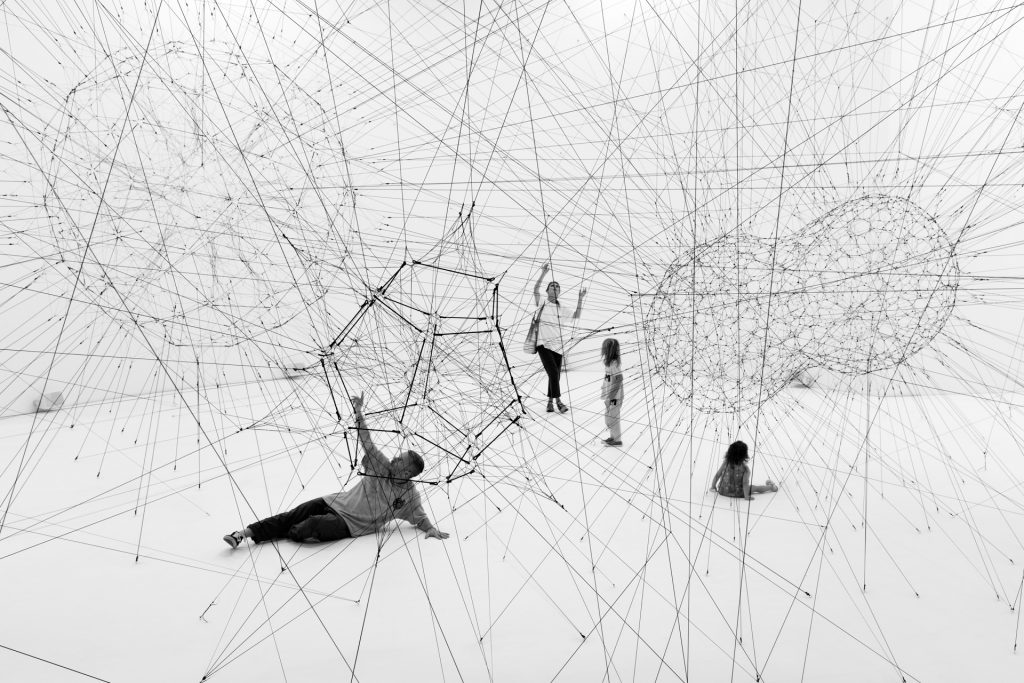
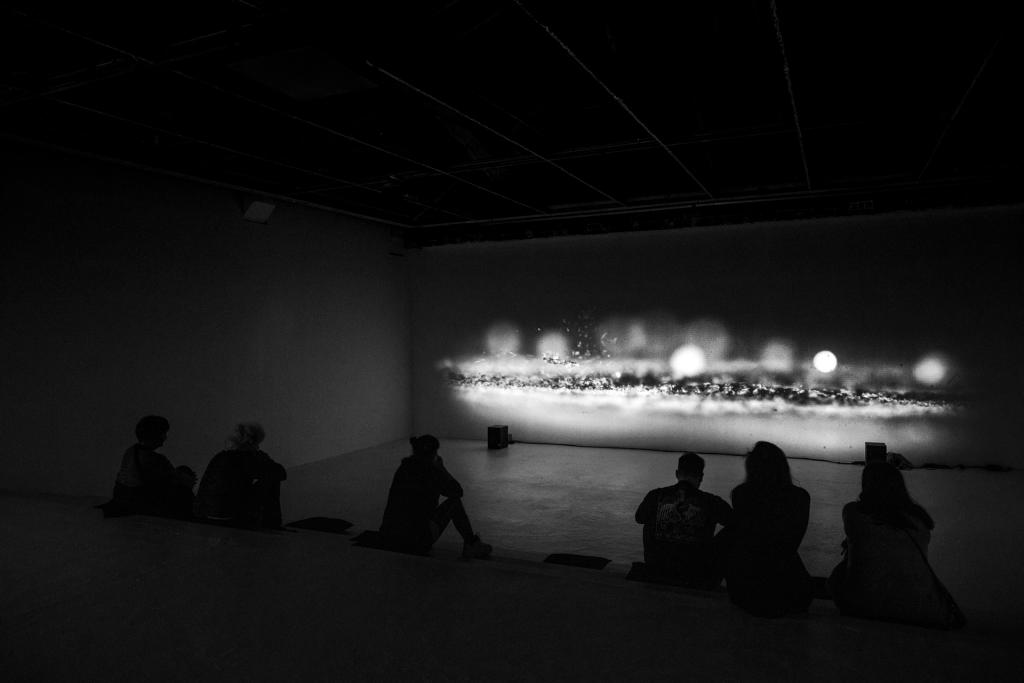
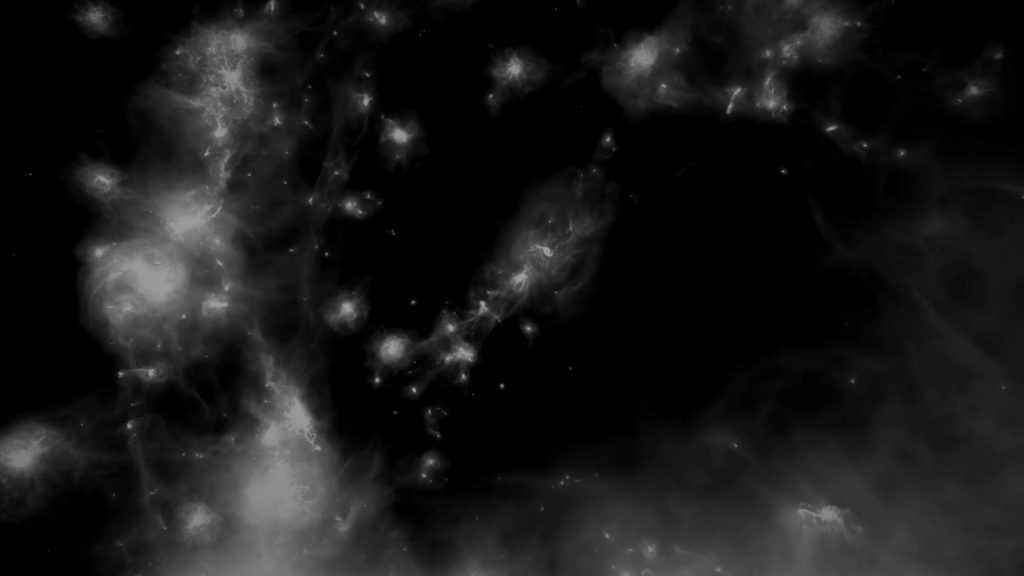
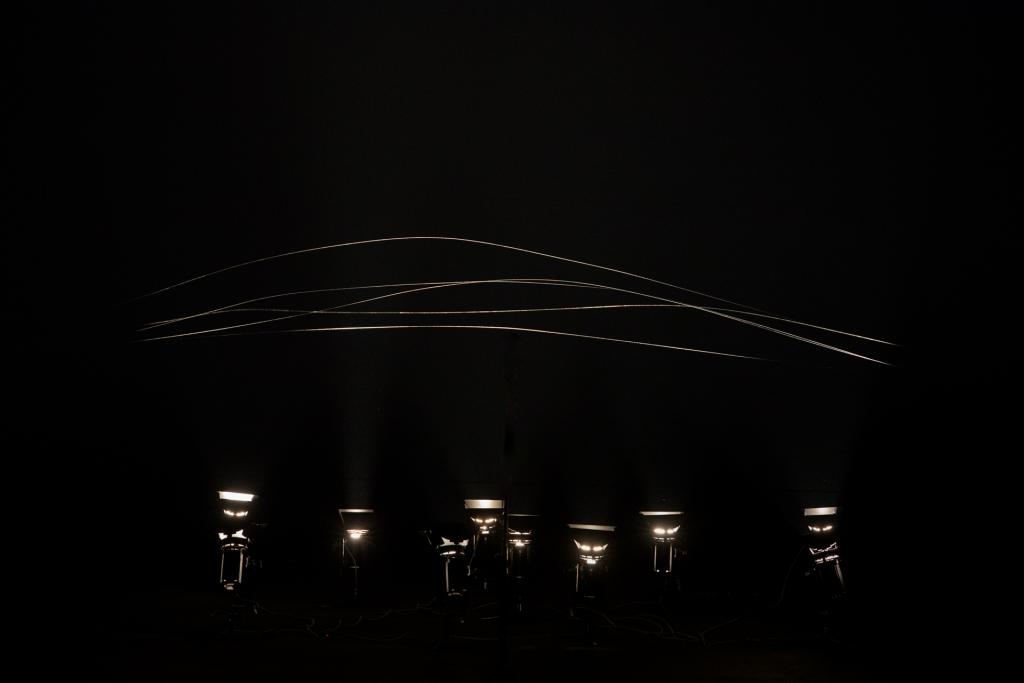
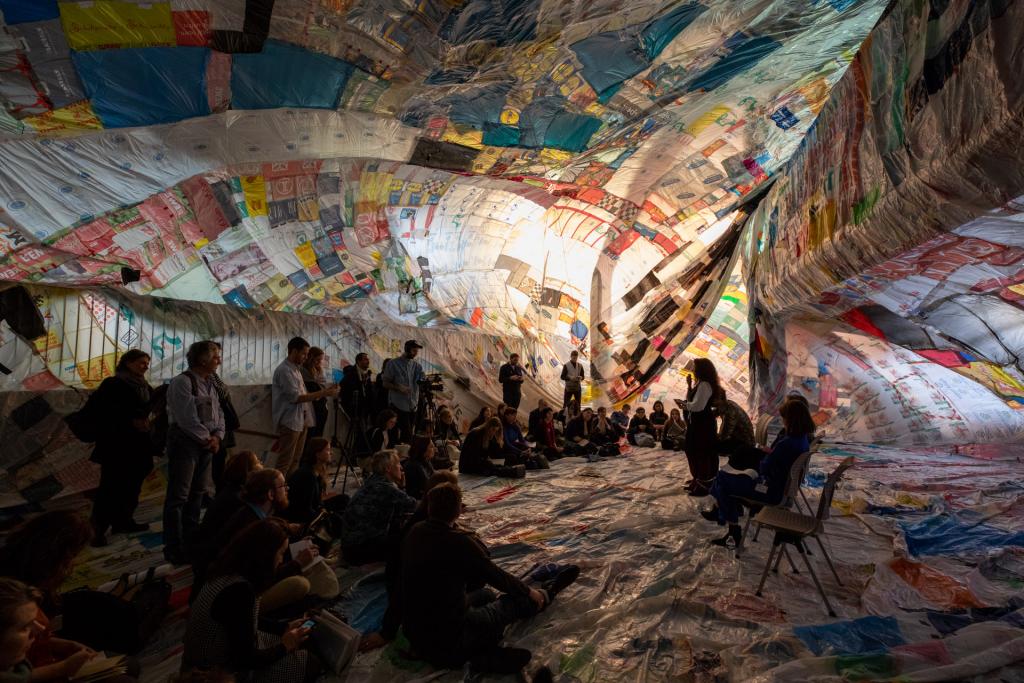
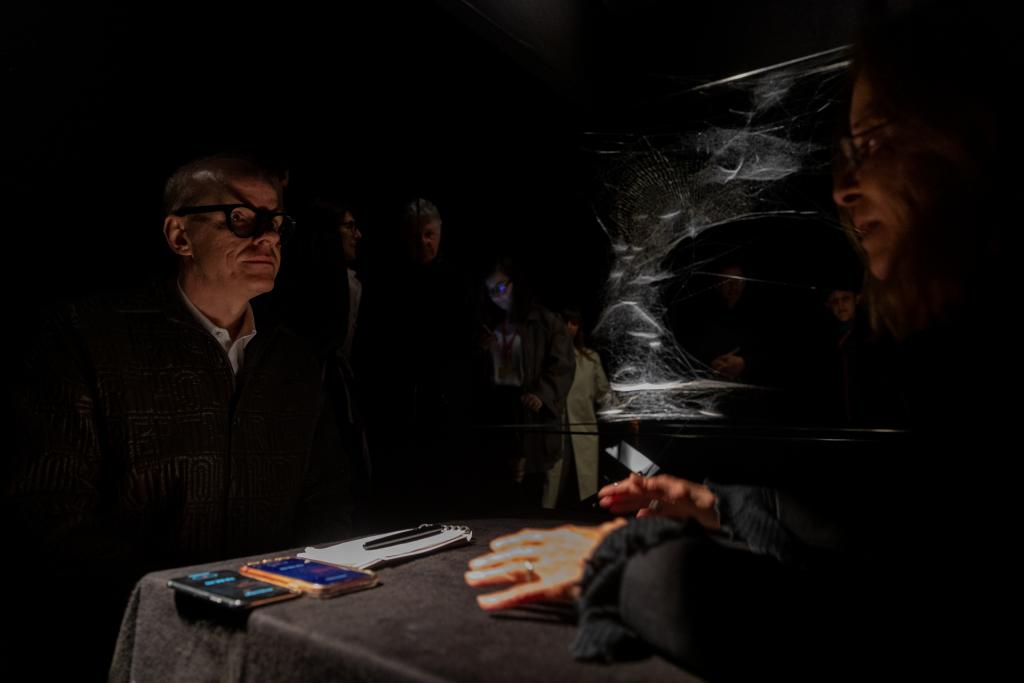
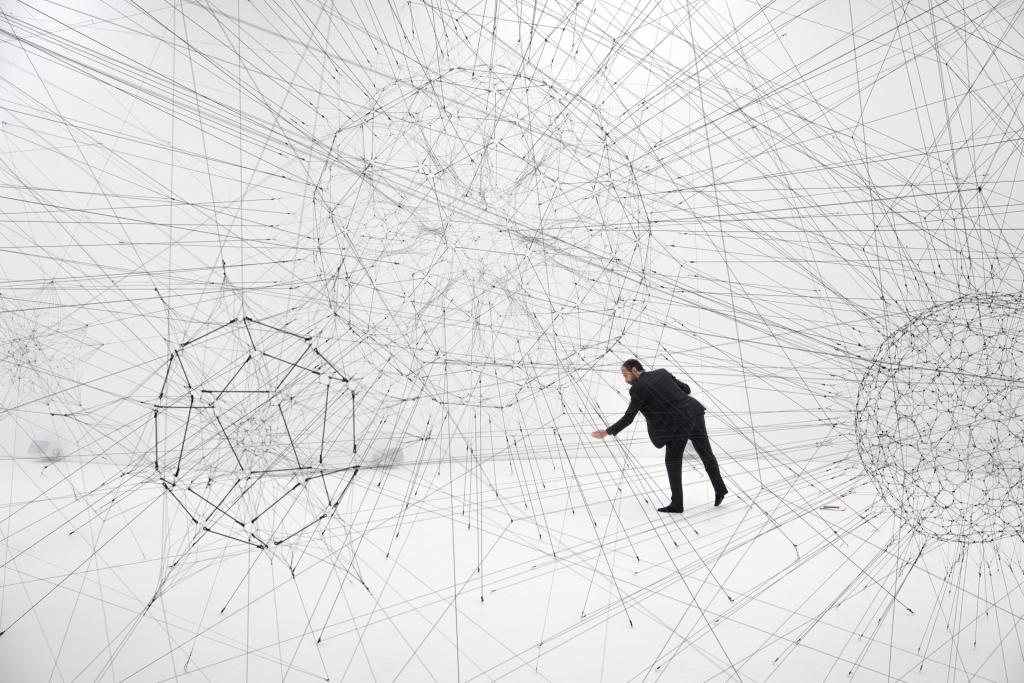
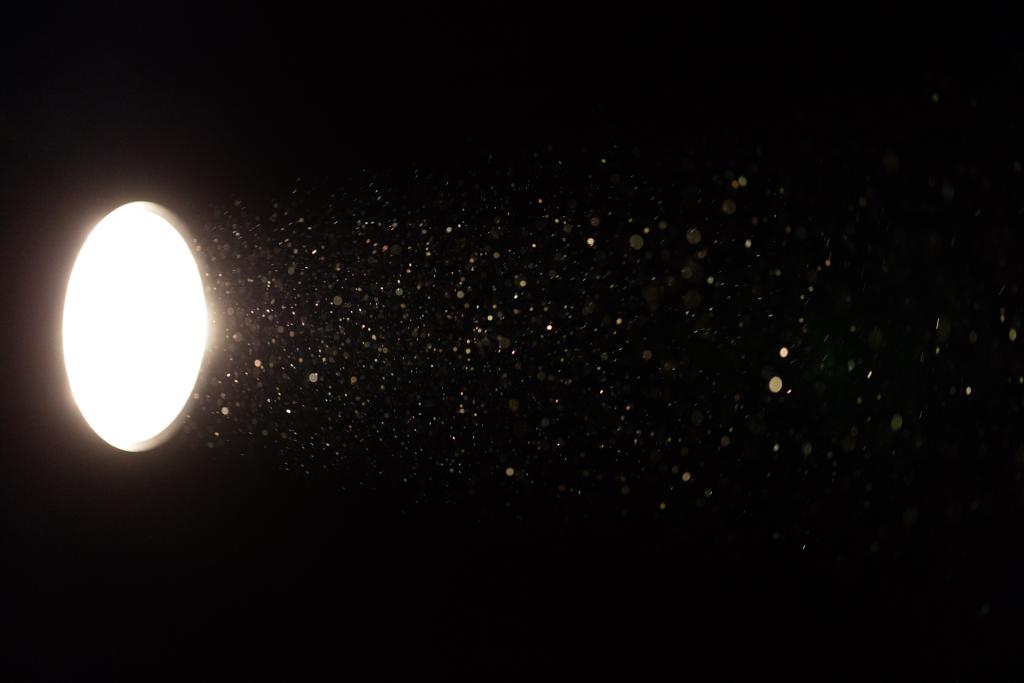
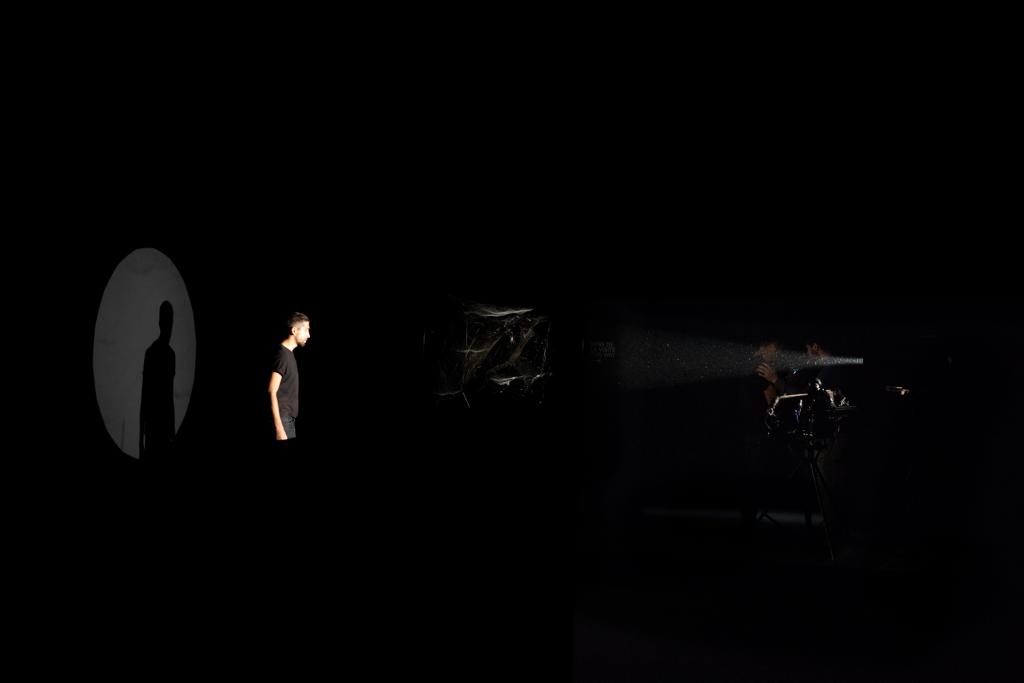
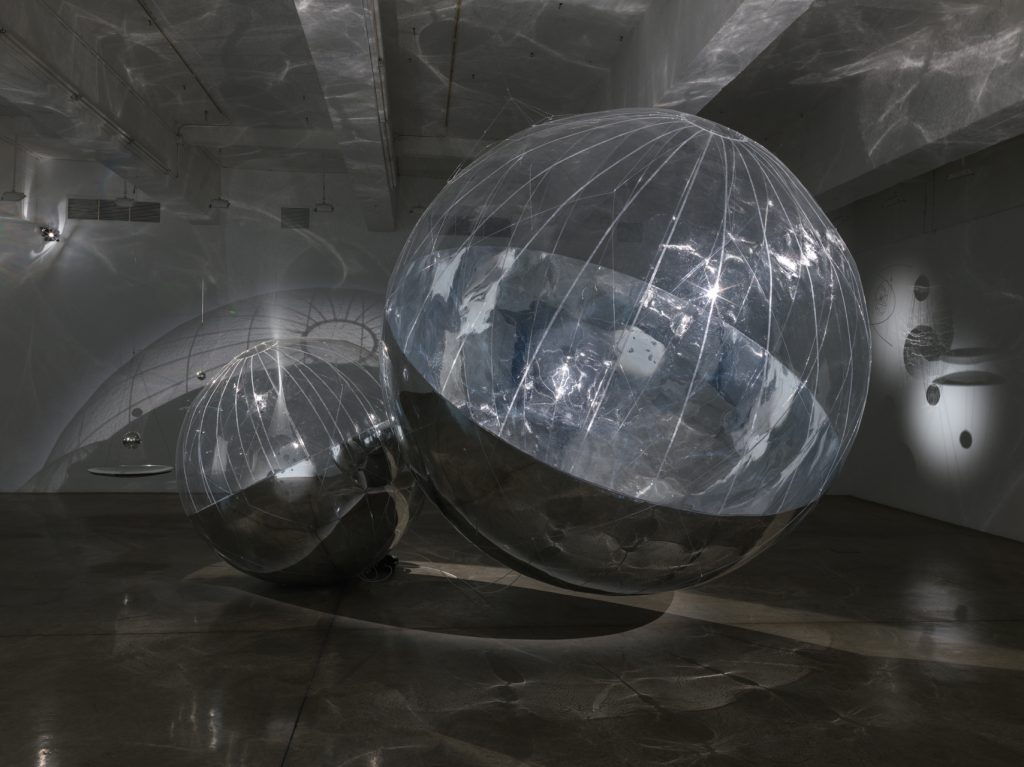
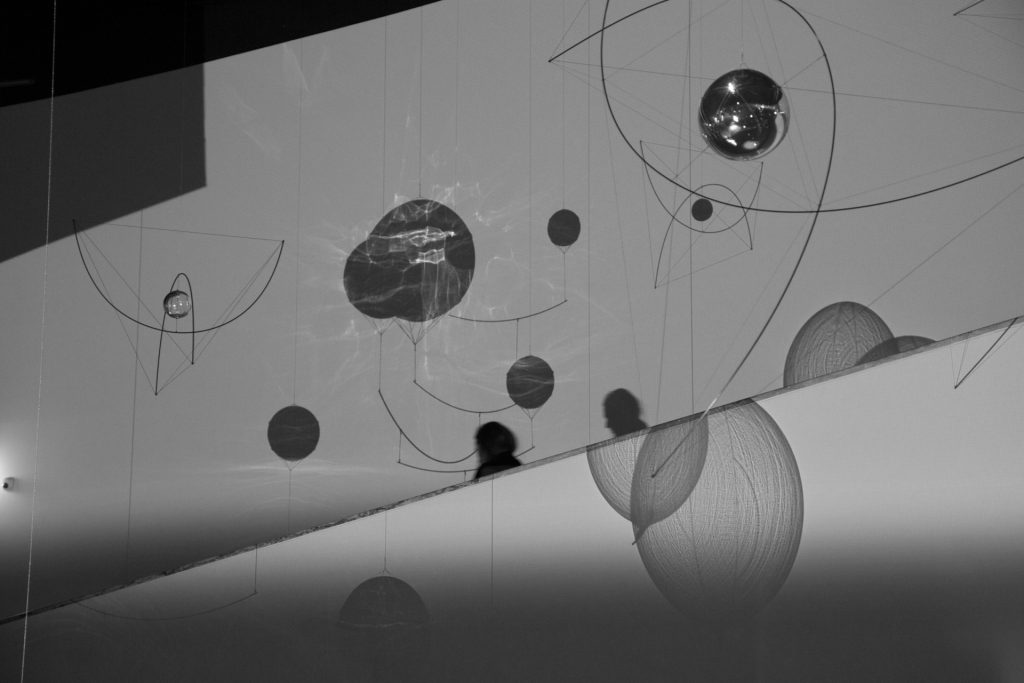
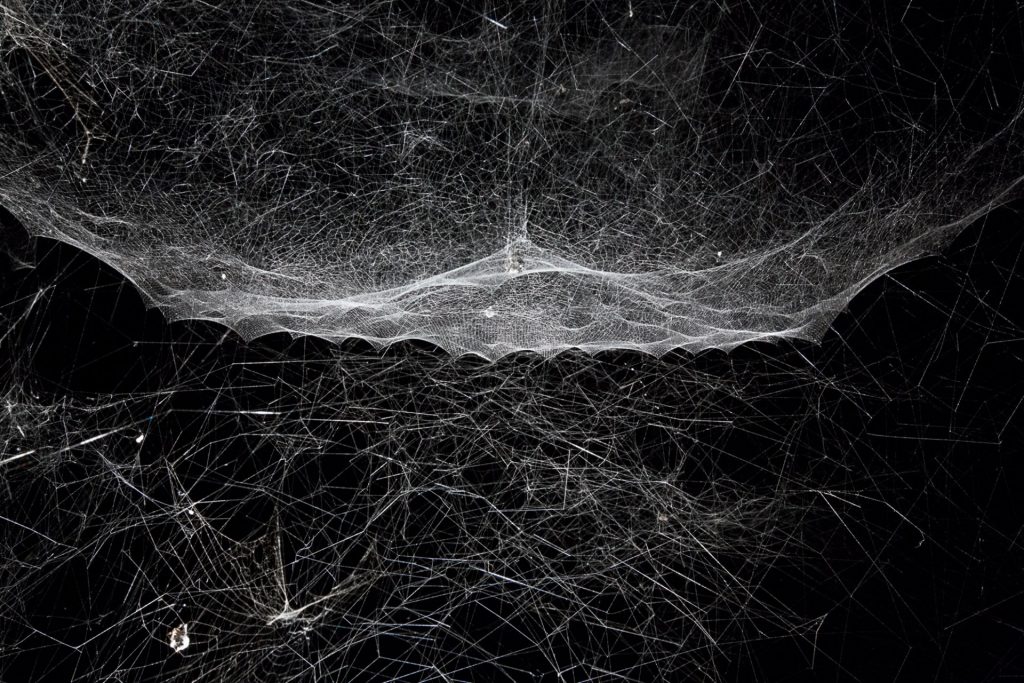
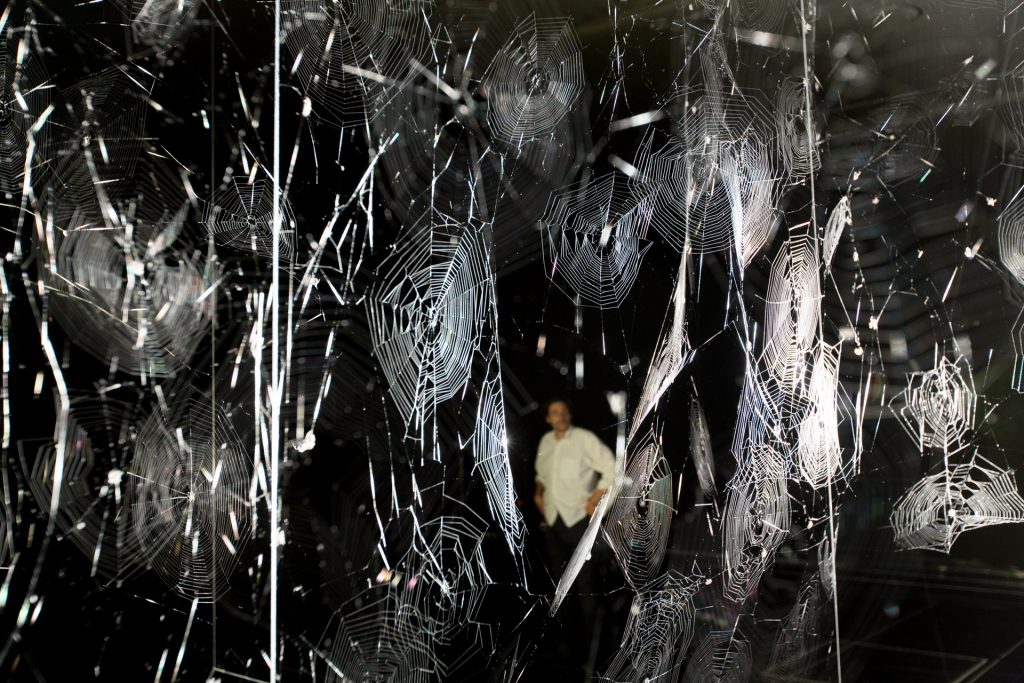
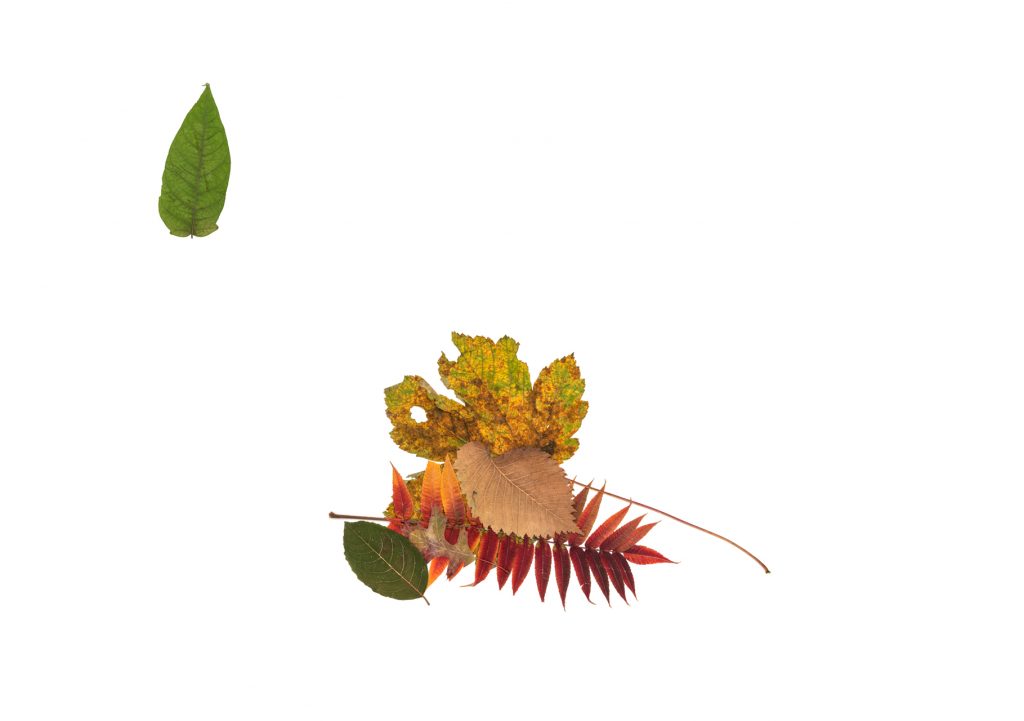
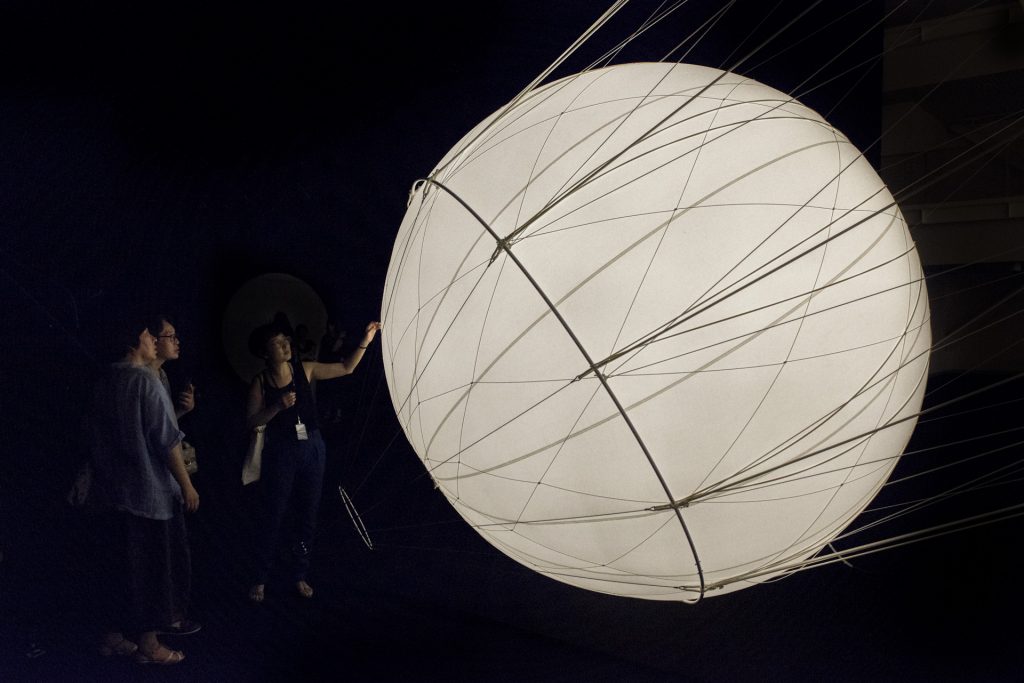
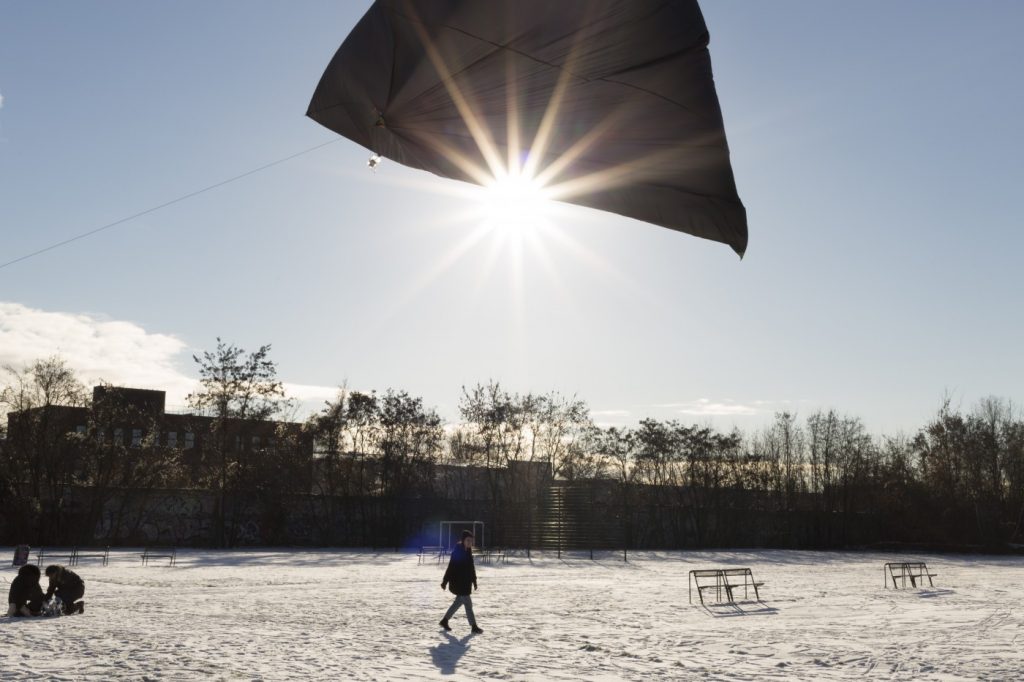
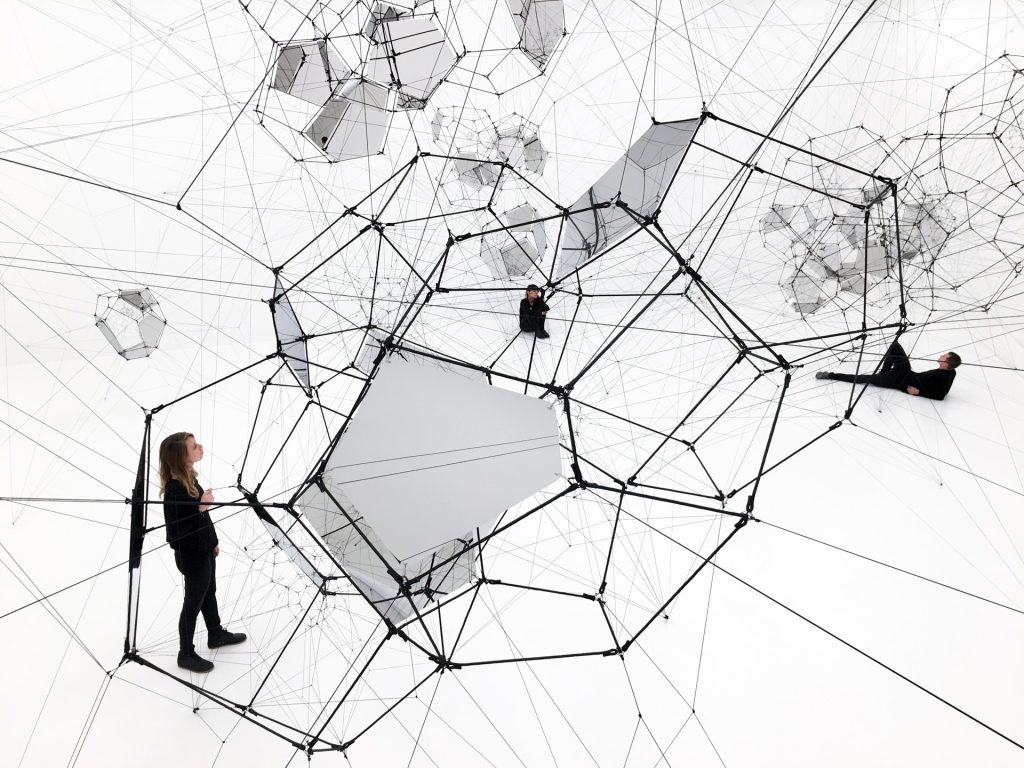
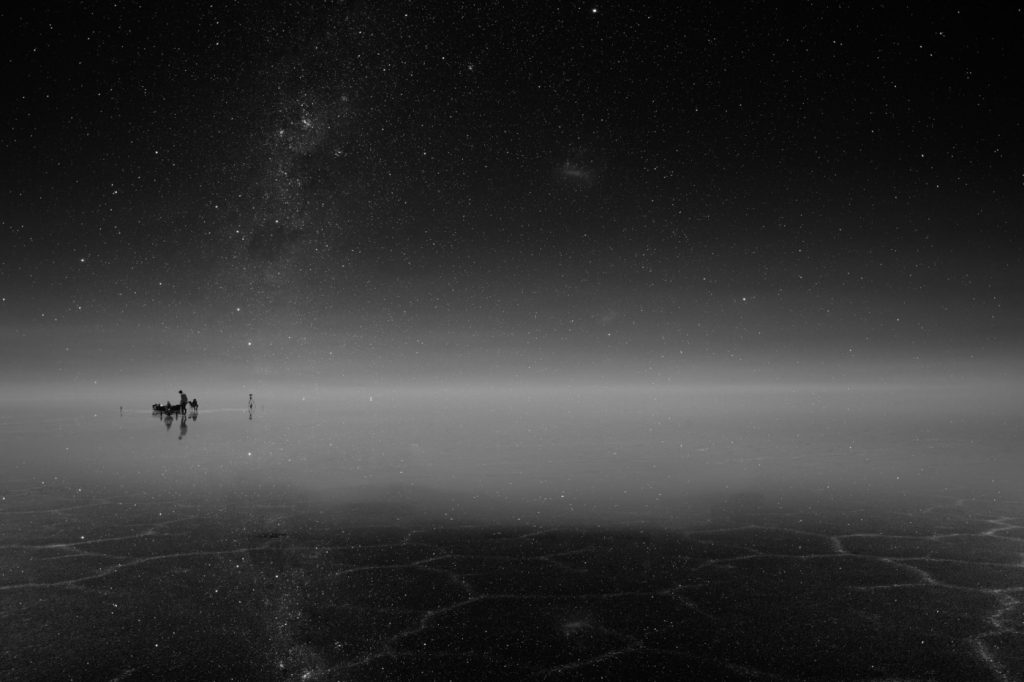
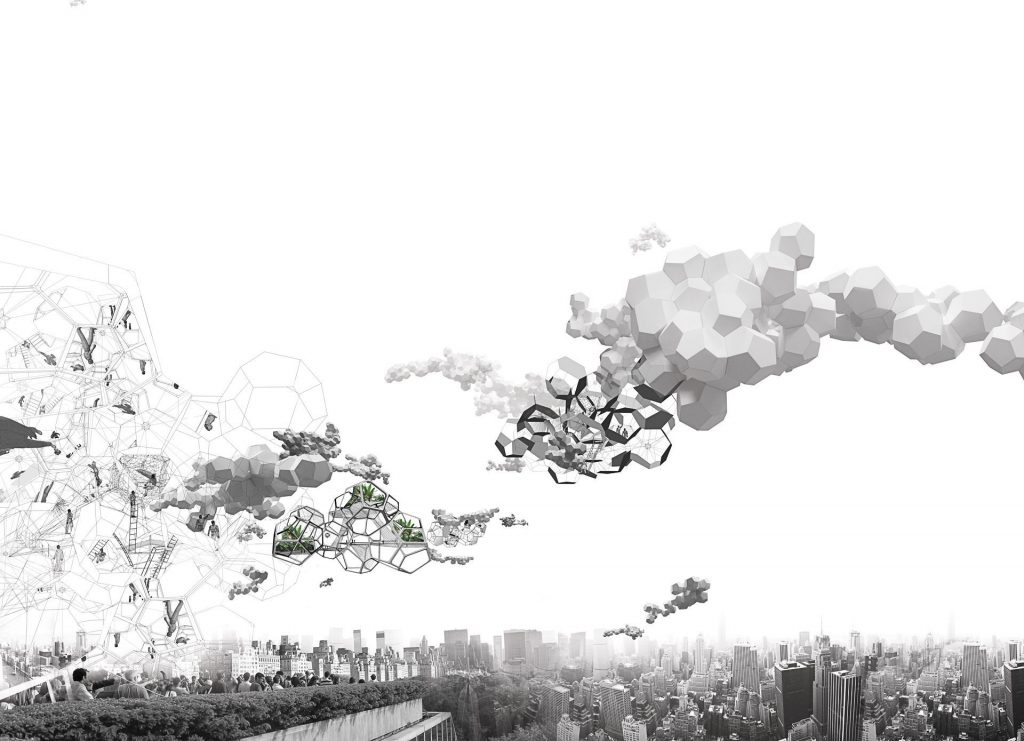
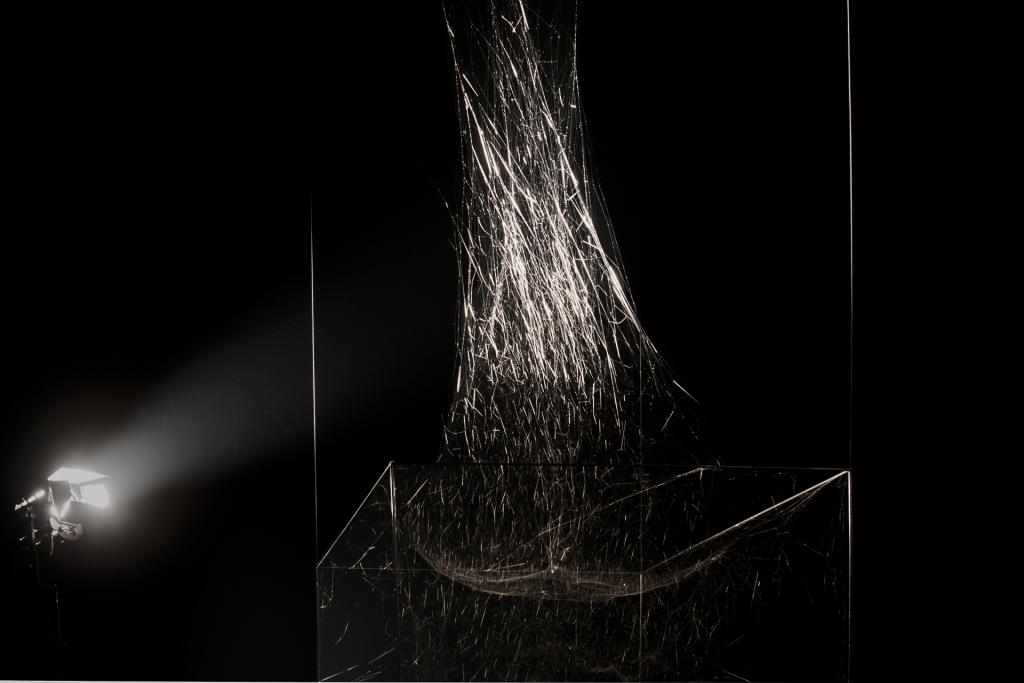
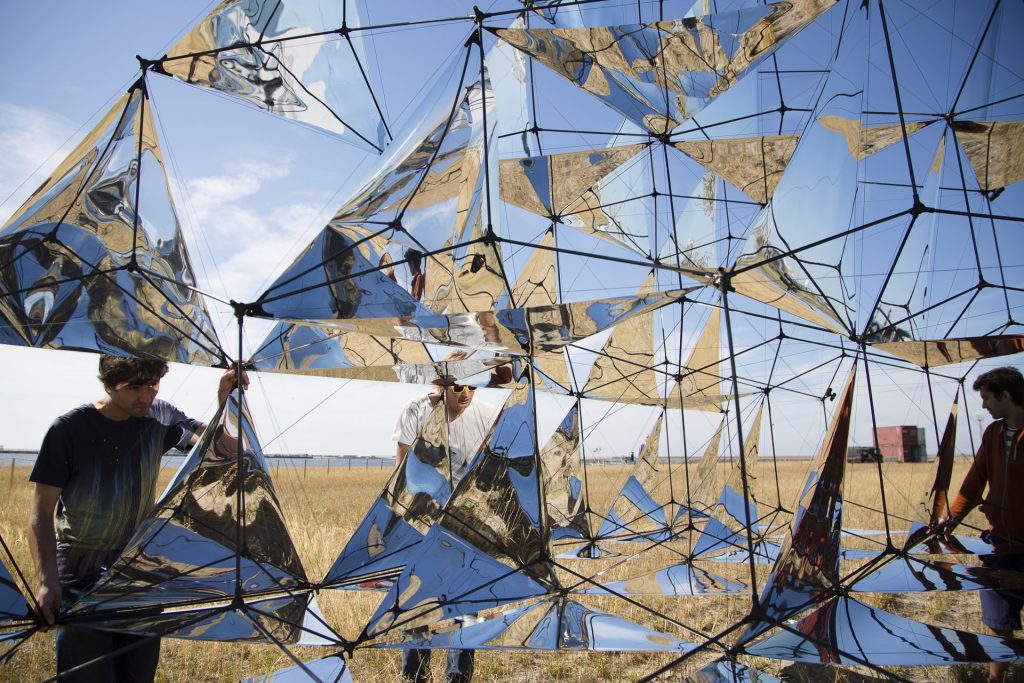
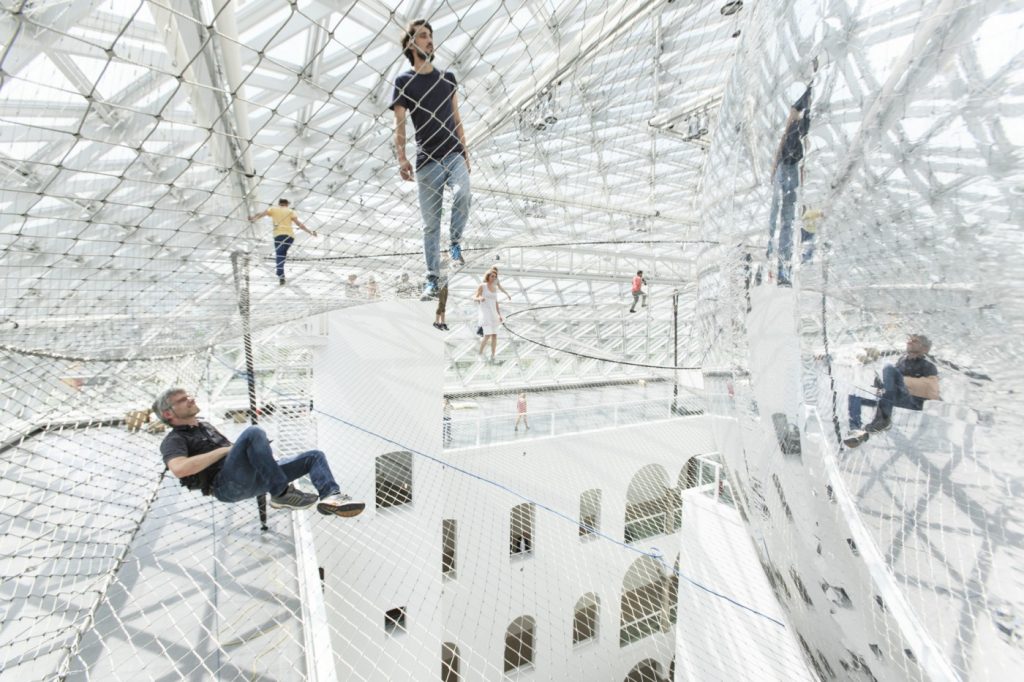
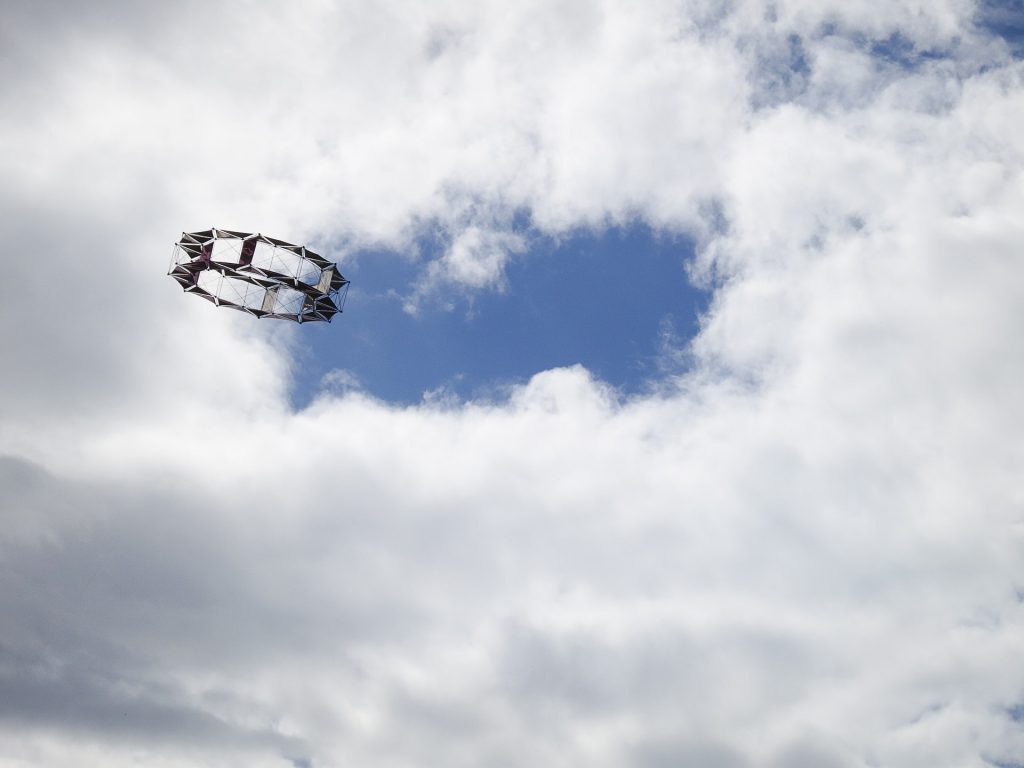
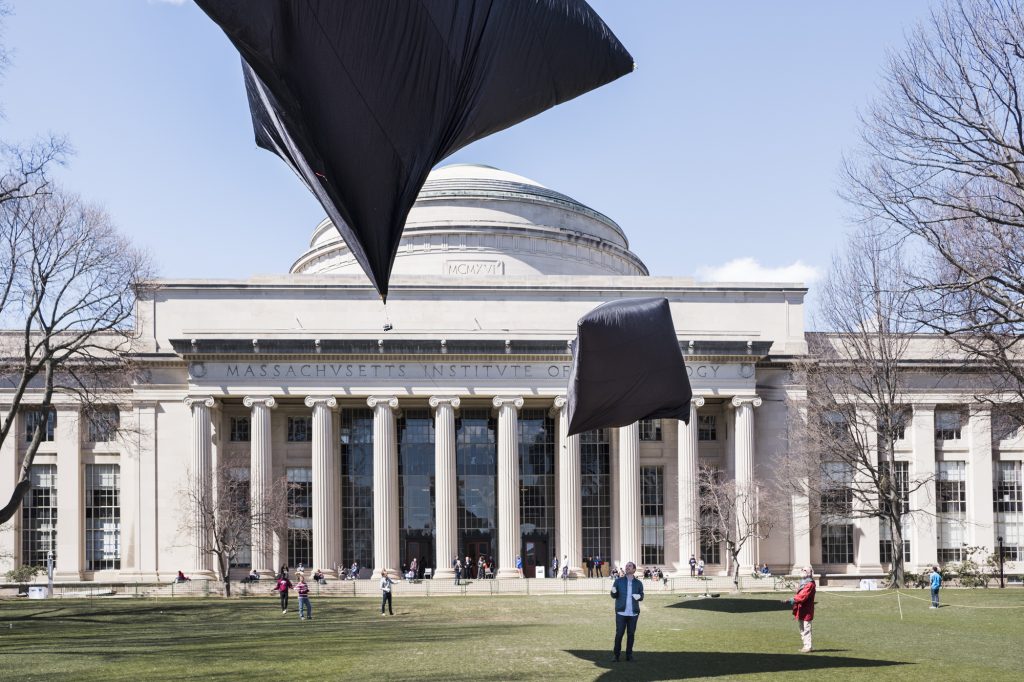
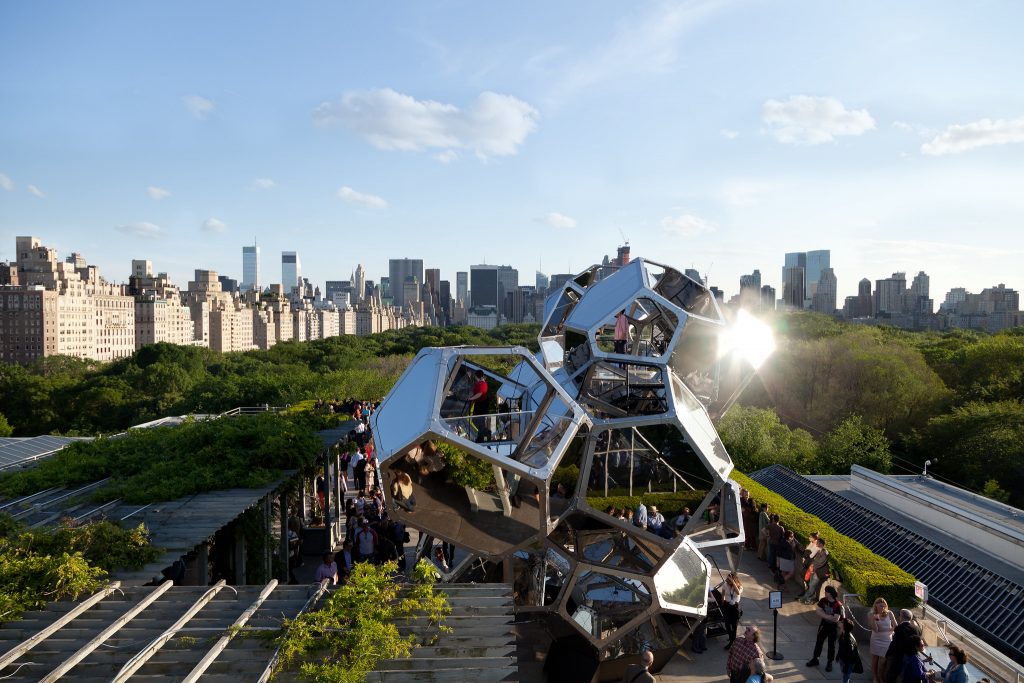
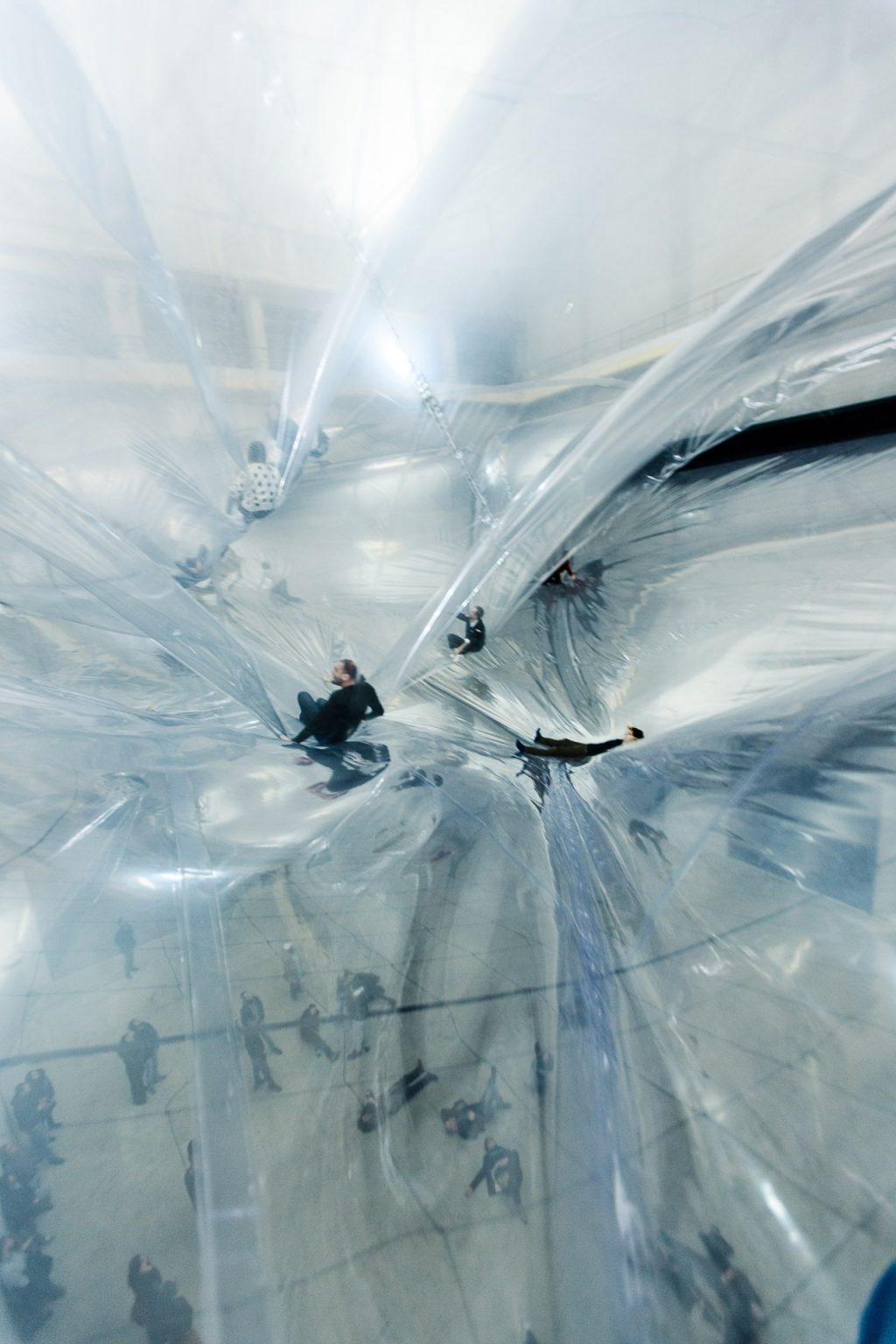
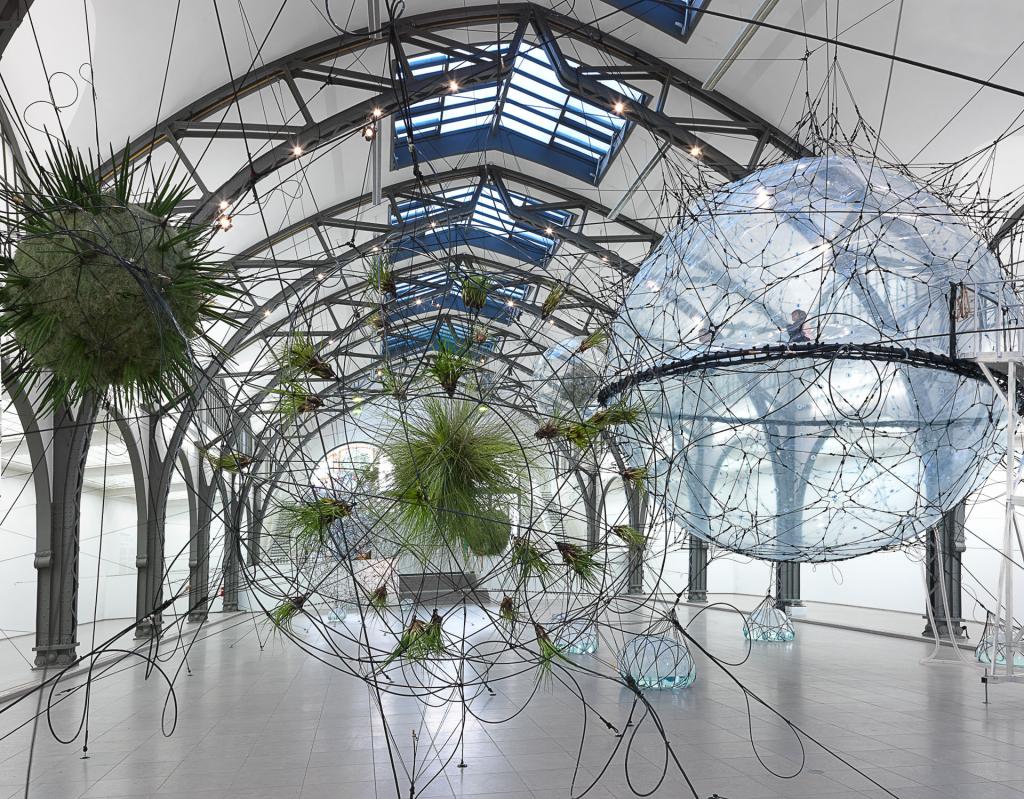
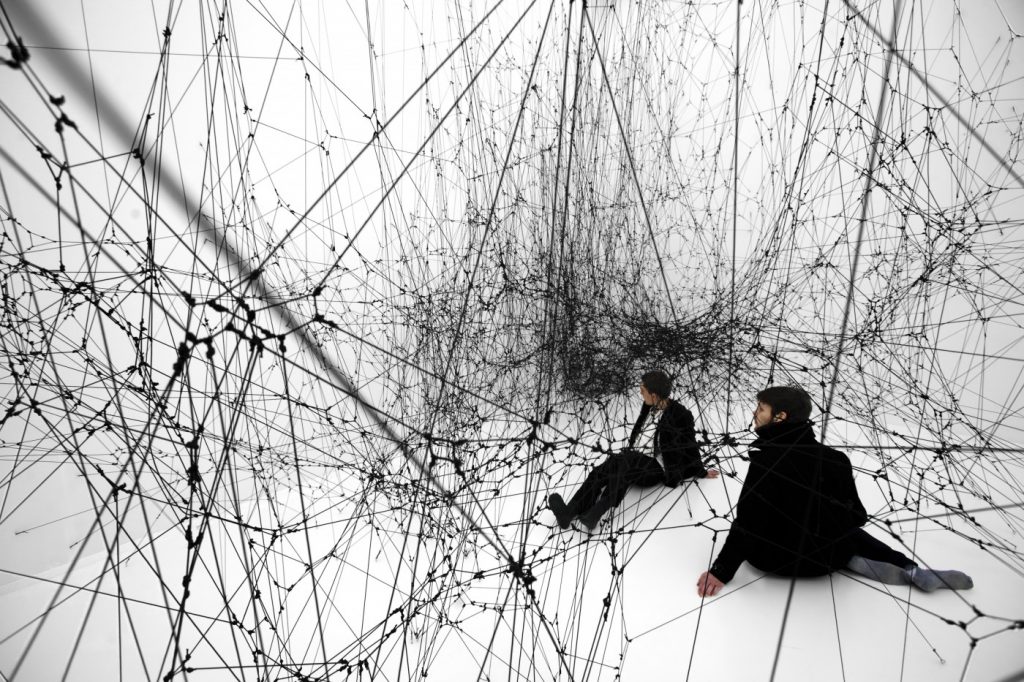
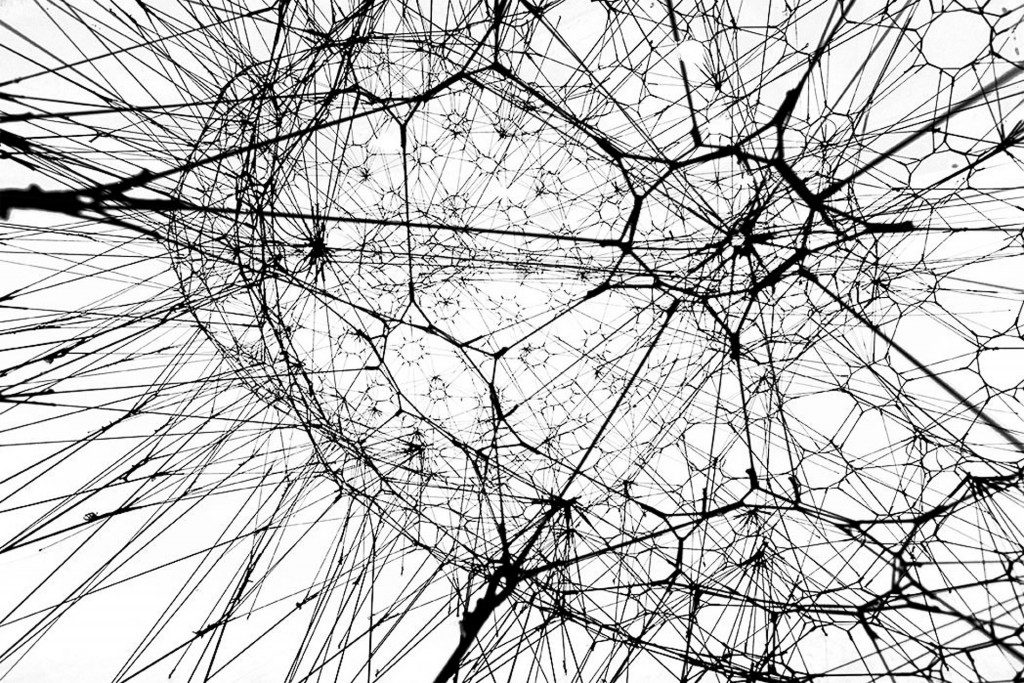
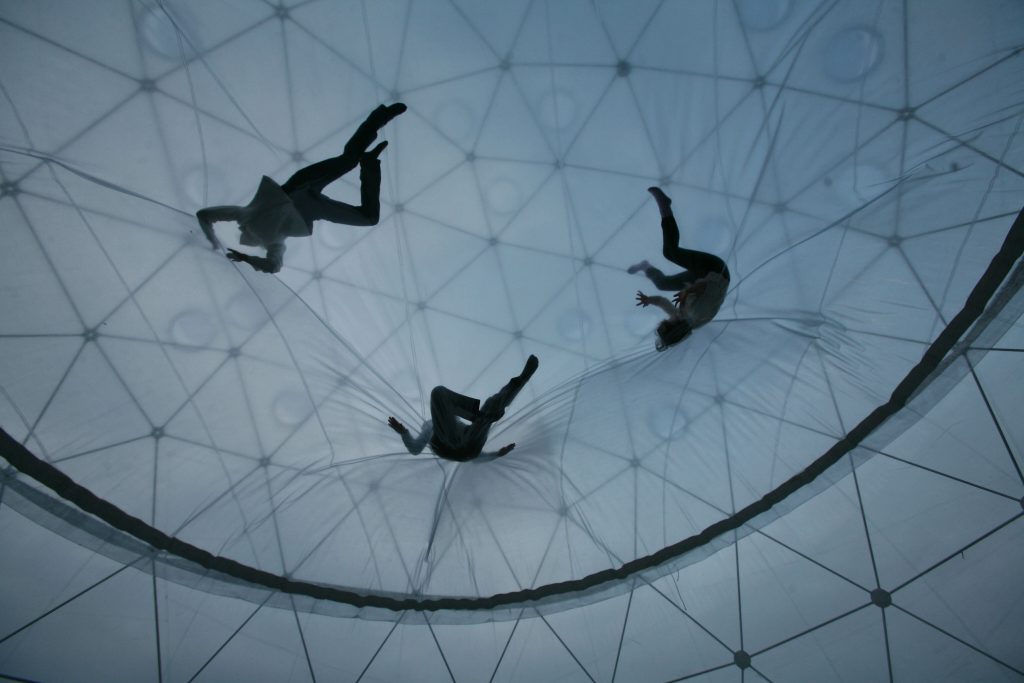
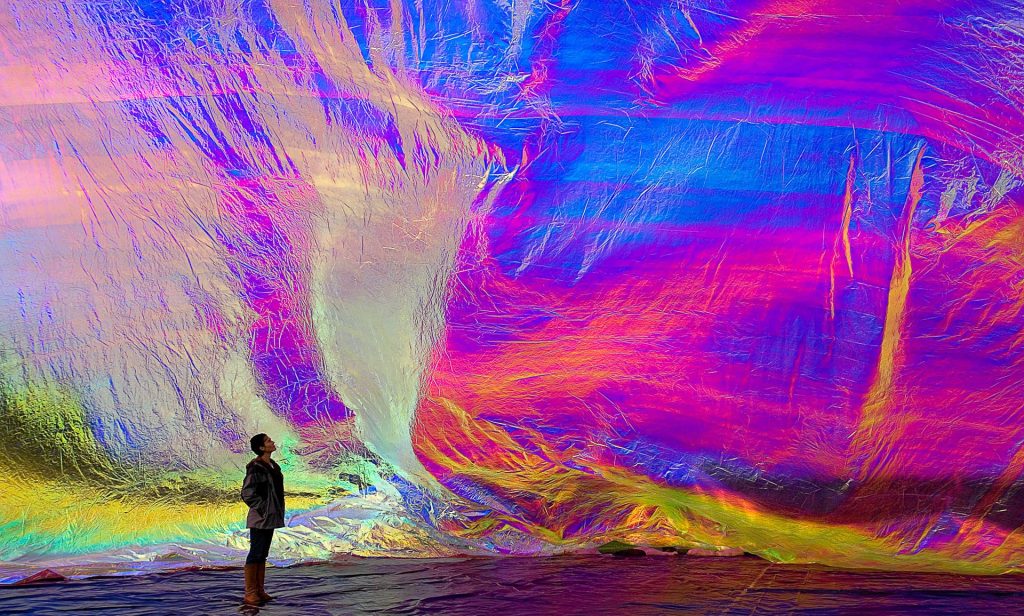
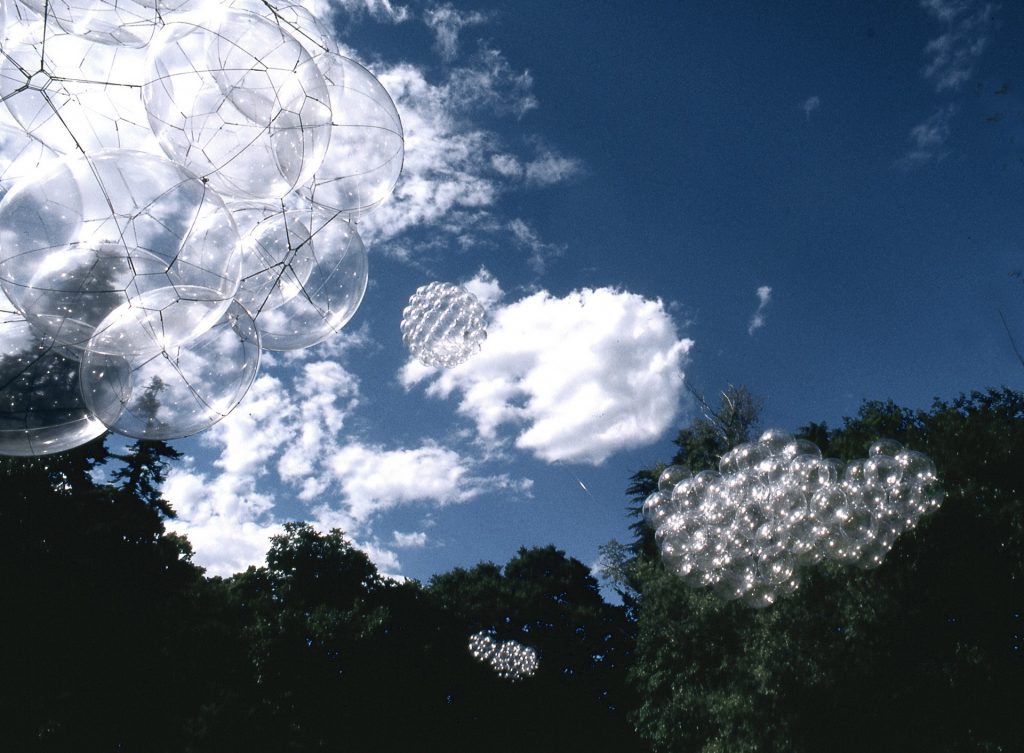
In nova fert animus mutatas dicere formas / corpora
(“I intend to speak of forms changed into new entities”)
Ovid, Metamorphoses, Book I, lines 1–2

AnarcoAracnoAnacroArcano
A project with Aerocene and Arachnophilia for the Neapolis of Siracusa
Siracusa, Area monumentale della Neapolis
29 July 2021 – 30 January 2022
A trail in five acts, a play of weaving chapters: Parco Archeologico della Neapolis re-opened to a tale of interspecies solidarity. The shape of our story resembled not an arc, but a web of at-tent(s)ion—a Teatro di Aracne that invited new entanglements on the stages of historic crossing. Weathered tales of past mythology confronted and challenged the planetary conditioning that structures the ways in which we live together today. Curated by Paolo Falcone, AnarcoAracnoAnacroArcano invited us to wander with the transformations necessary in our search for new propositions of multispecies flourishing. To hear beyond our range of at-tent(s)ion, the exhibition traversed and intervened the traditional archaeological tours of the Area of Neapolis with Saraceno’s experimental narrative route, inviting visitors to attune to rhythms of interspecies connectivity, towards an Aero(s)cenic vision of geos, bios and cosmos relation.
Over the exhibition’s course, the traditional archaeological tours of the Area were traversed by AnarcoAracnoAnacroArcano in a narrative augmentation that multiplies the many possible stories contained within the archaeological site, questioning the centrality of human history and in particular that of the West, which finds its founding moment precisely in the classical era. The spider’s web, arachnomancy, the evocation and reinterpretation of myths and the concept of metamorphosis became guiding concepts for rethinking and rediscovering the interweaving of life forms, timelines and symbiopoietic networks that animates the park, turning our attention to those that have inhabited it for millions of years—such as the 46 species of spider that have been found there. Arachnochronies and anthropochronies, geo-histories and hydro-histories, hybrid and post-human mythologies tell the urgencies of the present through oracular languages and imperceptible vibrations, asking visitors to pay attention to the webs of life that connect us to our surrounding ecologies and acknowledge the response-ability needed to halt the destructive cycle of the Capitalocene.

Water, one of life’s sustaining elements, continually undergoes metamorphosis, like the nymphs of Greek mythology, Ciane and Arethusa, who were transformed into streams to escape the abuses of powerful gods. Ever the shape-shifter, water manifests itself as tears and raindrops, raging rivers and placid ponds, it evaporates and creates figures in the sky through the bodies of clouds. It is feminine and quintessentially fluid, it flows through and adapts, it rises to the opportunity to spring and flow.
A careful distribution of clean water is essential for a diverse assemblage of organisms and species to thrive in sustainable presents and futures. Yet, today, as the sea rises, water is increasingly privatised and treated like a commodity to be extracted, priced and resold. Simultaneously, human-caused pollution and warming of the atmosphere result in flooding or desertification, stripping water of the life-giving properties that are so fundamental to its character. Currently, water access, in Sicily as elsewhere, faces major challenges, including privatization and potability. What metamorphosis is needed to make water free and drinkable for all living beings?
States of Water, a sculpture reminiscent of the Weaire-Phelan structure of foam or soap bubbles, is located in an area of the park that has been inaccessible to the public until the opening day of the exhibition. Plants, shrubs and brambles of the Mediterranean maquis nestle in the ruins of a remote human time, re-appropriating the Latomia and moving towards a post-anthropocene future. Like a ruin from a parallel and alternative timeline, a cloud-like habitat becomes a refuge on the road to elsewhere, providing fresh water for wayfarers, and becoming a place where birds, spiders, bees, plants and humans can interact. States of Water offers shelter for contemplative and interspecies dialogue, where water is once again a commons, and is enjoyed by different beings without being trapped in plastic bottles that threaten ecosystemic balances.
In a world where anthropogenic ‘natural’ disasters are rampant and water is often an enemy rather than a friend, we must ask ourselves, as Anna Tsing suggested, what can live in the ruins we have created. It is time to experiment with new futures, new ways of flowing and sheltering, reclaiming the deep hydrostories that shape the web of life in which we are entangled.
Above the tomb of Archimedes of Syracuse floats the invisible trace of an interaction with and in the air, an Augmented reality sculpture that opens to perception the principles of buoyancy and flotation illuminated by the physicist and inventor almost 2300 years ago. In On Floating Bodies, Archimedes, considered the founder of hydrostatics, developed the principle of buoyancy, from which he derived the principle of flotation: an object that displaces its own weight of fluid will float, suspended, in equilibrium with the medium that supports it.
Floating at the bottom of the ocean of air pays homage to the thinker who gave the Aerocene community the mechanical principles by which its floating sculptures rise into the air, towards a future where we can all move and breathe, free from borders and fossil fuels. The Aerocene Backpack, the brush with which this artwork is painted, is an aerosolar sculpture with the ability to gain buoyancy only with the heat of the sun.
Like handwriting or fingerprints, the swirling trace that follows any Aerocene flight is unique and invisible to the eye. As a new way of living and relating to the air, Floating at the bottom of the ocean of air, viewed through the Aerocene app, transforms a site-specific, floating choreography into a permanent, augmented reality sculpture. To trace the paths of Aerocenic activity is to acknowledge the non-human mediation at play within the spheres above. As a collective call for environmental justices that enable interspecies cohabitation, Floating at the bottom of the ocean of air is an artwork made in collaboration with the elements, giving humans the chance to re-sense the natural currents and drift with the rhythms of the planet. As Bronislaw Szerszynski writes, “Drift is what ‘happens’, and if drift is gift – a share of motion given without expectation of return – we need to ask what acts of solidarity drift should draw from us.”
The Arachnomancy Cards are an invitation to attune to our sympoietic futures, celebrating the radical interconnectedness of all things, both living and nonliving. This deck of 33 cards is an instrument of mediation, one of the many ways to consult spider/web oracles. Spider/webs are the mouths through which the spider eats and the oracle speaks. The oracle is a messenger between perceptual worlds, transcending the reciprocal blindness between life forms.
Fifty-one spider species have been observed in the Archeological Park of Neapolis, which is visited by more than 700.000 tourists per year looking to encounter the founding roots of Western Civilization. Arachnomancy signals 33 of them as oracles, focusing not only on past histories but on urgent presents, bringing to the foreground of consciousness our entanglement in the web of life. This Arachnomantic guide follows organic architectures and their inhabitants, who have been weaving inter-species webs of relation for millions of years. Interactive signs around the park will guide visitors in noticing local spider species, oracles telling stories of symbiosis and extinctions, of ruins and new beginnings, of hidden paths and cosmic scores. Visitors are invited to scan the QR code to learn more from and about these arachno oracles and the worlds and words they open on the Arachnophilia website. Arachnomancy hints to the possibility of other and reversed mythographies, in which instead of Arachne and her ability of weaving the world through her fabric, is Atena, the embodiment of the arrogance of rationality, who gets punished for her envy.
Attune to the Arachnomancy card futures on Arachnophilia.net
The Latomie are charged with a profound history of suffering, injustice, and oppression. First a site of extraction, where slaves mined rocks for construction material, they were later used as prisons during the reign of Gelone and Dionysius. According to Caravaggio, it seems that Dionysus was in the habit of eavesdropping on his prisoners through a hole in one of the caves, which is why Caravaggio renamed it the ‘Ear of Dionysus’. Yet, Latomie also holds stories of resilience, resistance and liberation, such as that of the poet Filosseno, who chose to be imprisoned rather than to praise Dionysius for his verses.
Today, in Sicily, at the door of Europe, new material and immaterial prisons multiply. We are in the midst of processes of “othering,” of drawing boundaries and enforcing borders between humans and between species. While communities are displaced by climate change, infrastructures of containment are enforced. Surveillance capitalism is now an Ear of Dyonisius, as are drones patrolling the Mediterranean sea in search of humans to reject. If, as Ruth Wilson Gilmore said, “abolition is about abolishing the conditions under which prison became the solution to problems, rather than abolishing the buildings we call prisons”, which chants could be sung to overcome the carceral condition of the Capitalocene? What forms of oppressive authority would Filosseno stand against today?
Acting as a vibrating web, a performative itinerary realised in collaboration with the Accademia d’Arte del Dramma Antico will assemble improvised reveries, stories of metamorphosis, arachno-acting and post-humanist proposals, resounding and moving throughout the park. In this nomadic storytelling, non-hierarchical and non-linear dimensions of time emerge, deconstructing phobias and logics of extraction and exploitation, and acting as an invitation to cultivate interspecies relationships. The cave is thus renamed The ear of Filosseno, speculating that the poet, who left just a few fragments of his work behind, would encourage us today to hear the multitude of lifeforms and elements populating the Grotta, as a gesture of revolt against power.
Read back the performance’s poem here.
Archeologists doing an excavation near the Colosseum in Rome found remains of animals such as leopards and giraffes that were used in circus games. Syracuse was the capital of Sicily at that time, with the largest amphitheater on the island and the main point of embarkation to Africa: it is very plausible that “beasts” and “fairs” were transported from the South to fight in the amphitheater arena in Syracuse. Ancient Roman civilization projected human aggressiveness onto the fair, the beast, assigning a cathartic value to its killing in the circus arena, mainly by prisoners and slaves trapped with the animals in a cycle of violence for entertainment.
Today we demonize spiders based on false myths, stories of violence, fear and repulsion. Arachnophobia becomes another mythical cultural product to be consumed and reproduced in horror movies. As in the Roman amphitheater, in which the comforting projection of humans besting wild beasts was staged, humans today stage their never-ending fight against those who are demonized, reproducing phobias that cultivate fear of relating with those deemed “Other”.
Webs of Life, a project by Tomás Saraceno with Arachnophilia, supported by Acute Art, is an experiment in biodiversity and technodiversity (a term coined by writer and philosopher Yuk Hui) to move from arachnophobias to arachnophilias, against the Sixth Mass Extinction, towards a real Augmented Reality. Just as myths embodied and shaped interspecies relationships in the past, alternative narratives can do the same in the present. Ancient Romans held a sword against the phobia of the “beast” while today we brandish the insecticide spray. Maratus speciosus, the giant peacock spider that dances in the ruin of the Syracuse amphitheater, is an ancestral spirit metamorphing from the remains of fairs, a trickster condemning past and present violence, whether in amphitheater arenas or in the use of pesticides and agrochemicals that are exterminating invertebrates, confronting humans with their ingrained fears. Subvert the digital to reconnect with the physical and become enmeshed in extended sensitivities of coexistence.
...